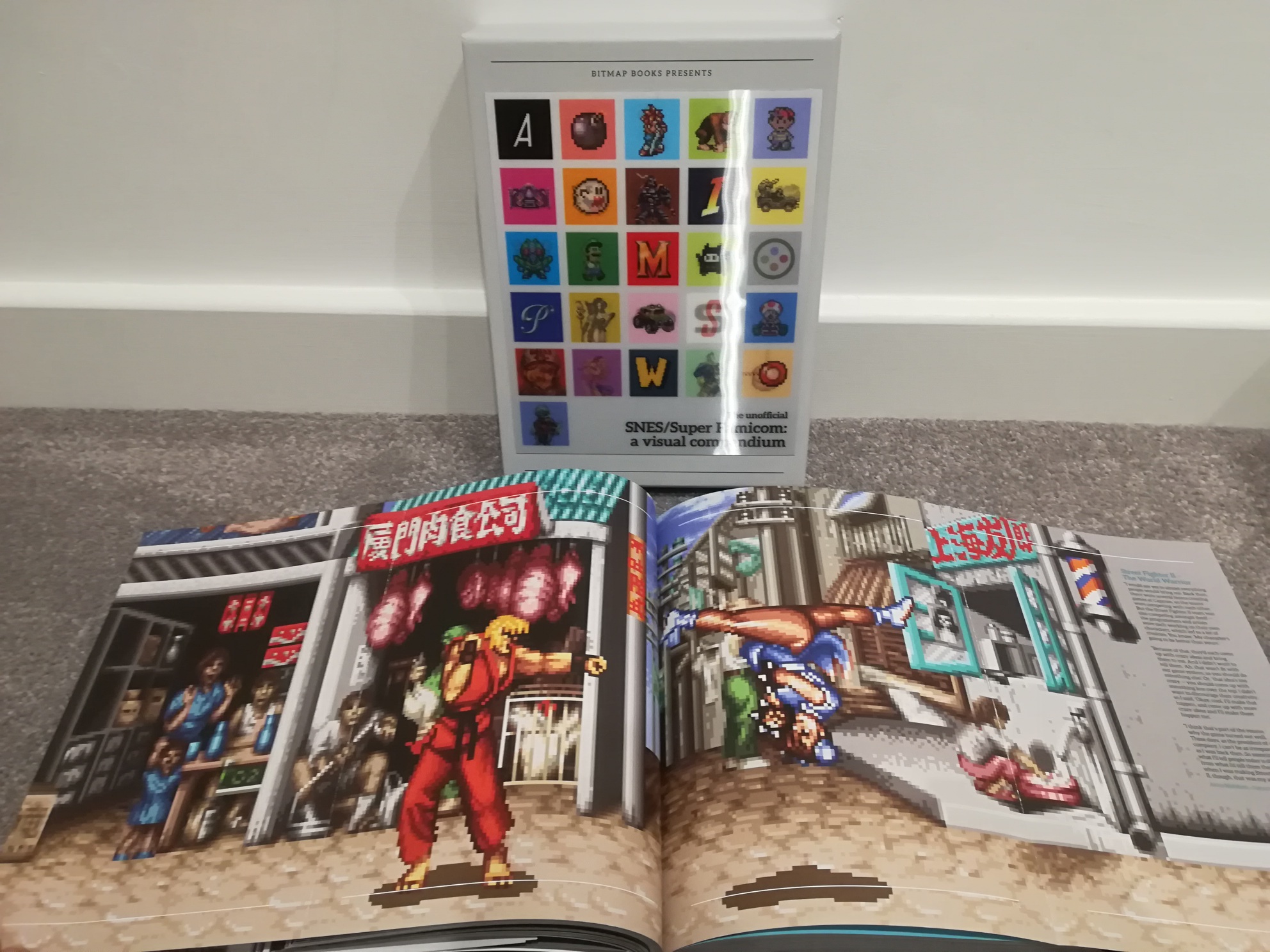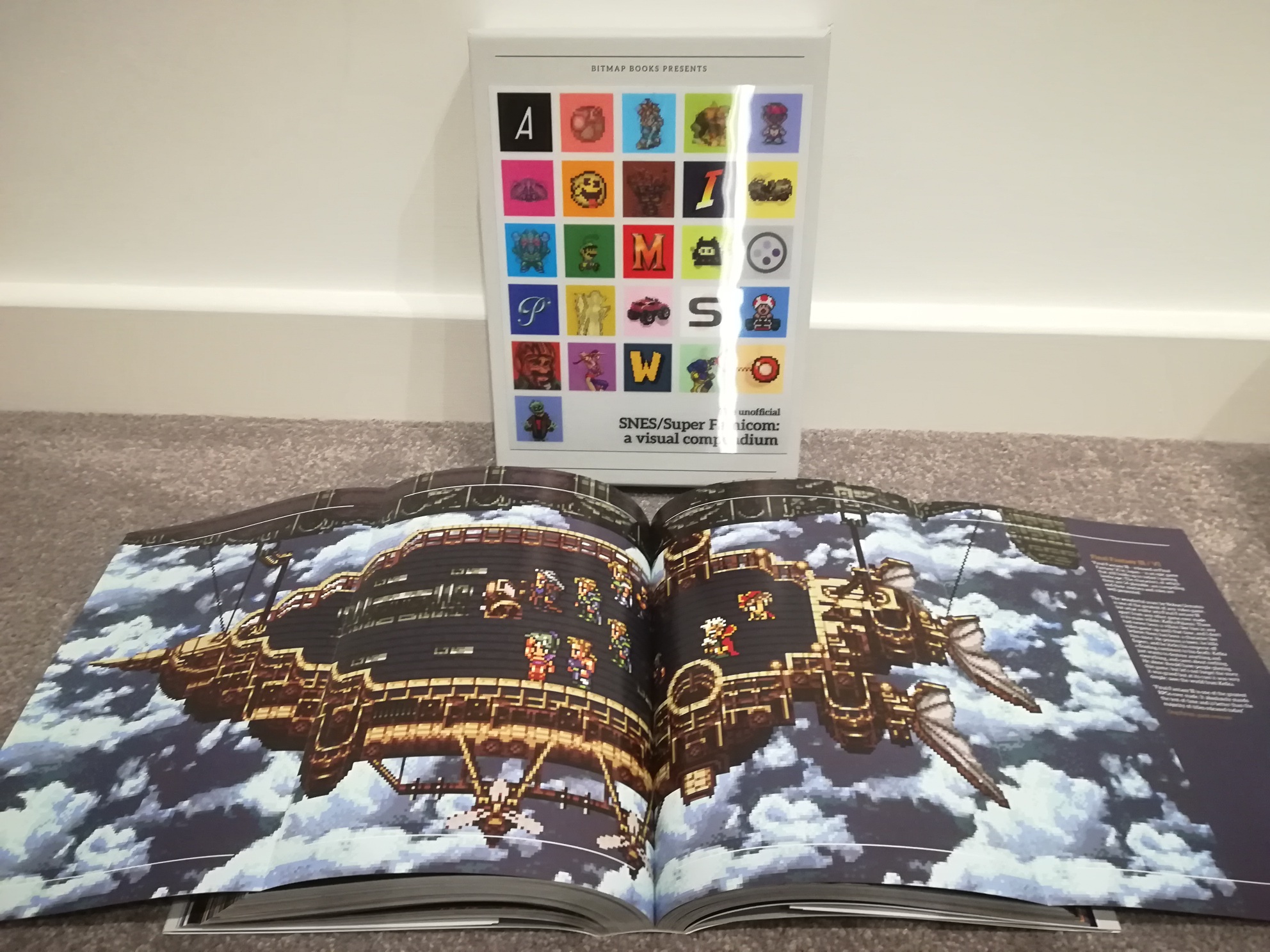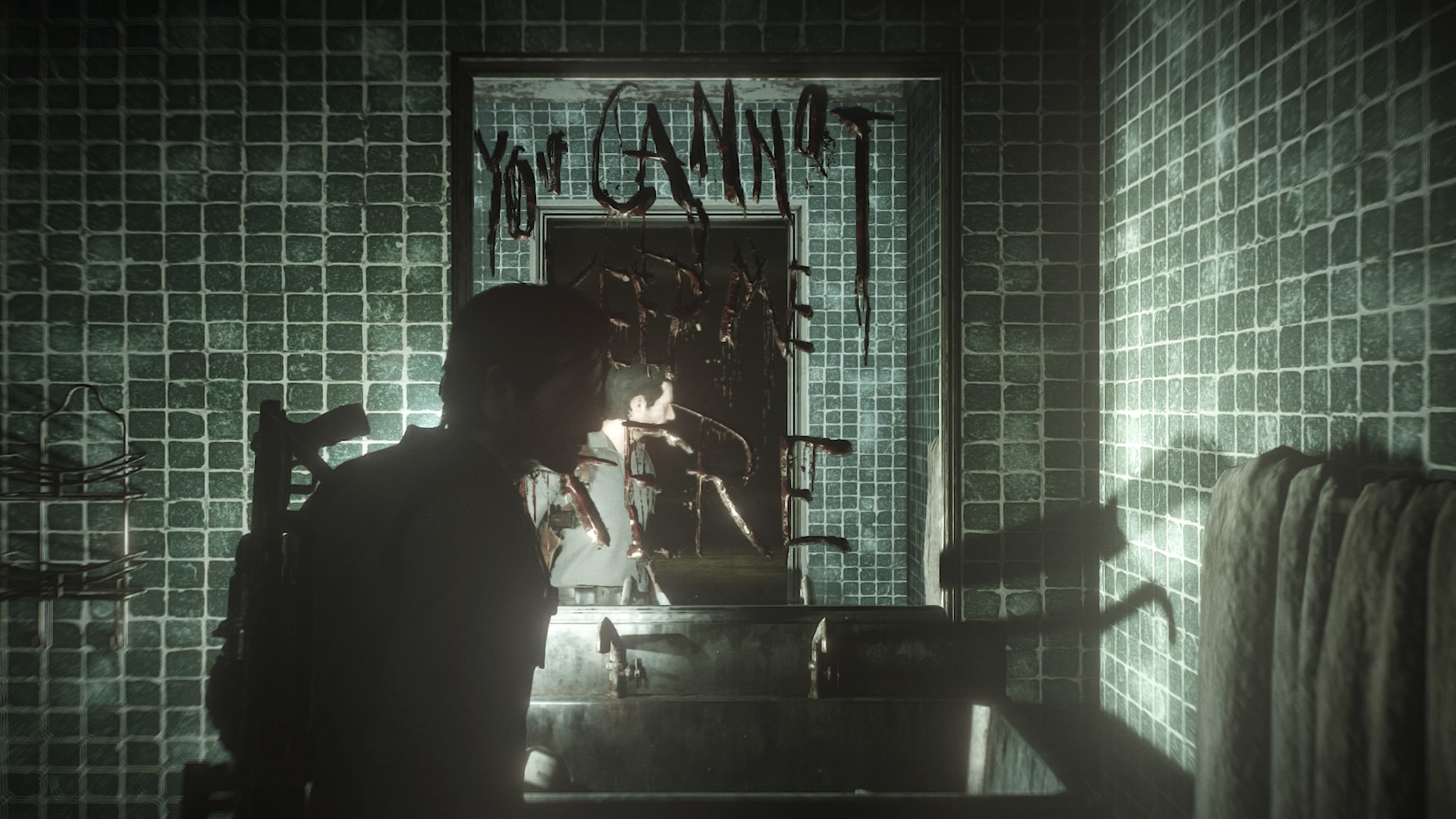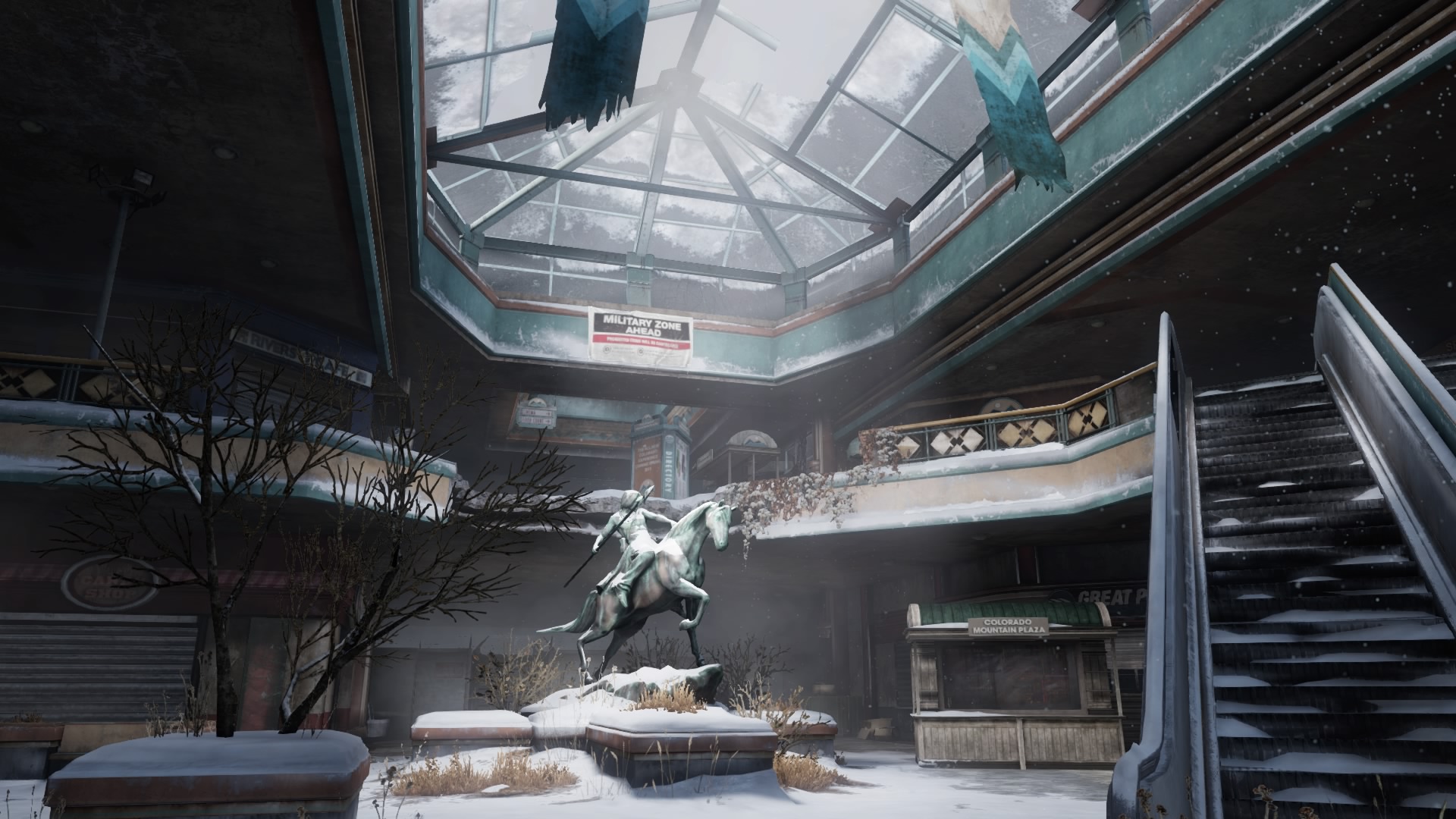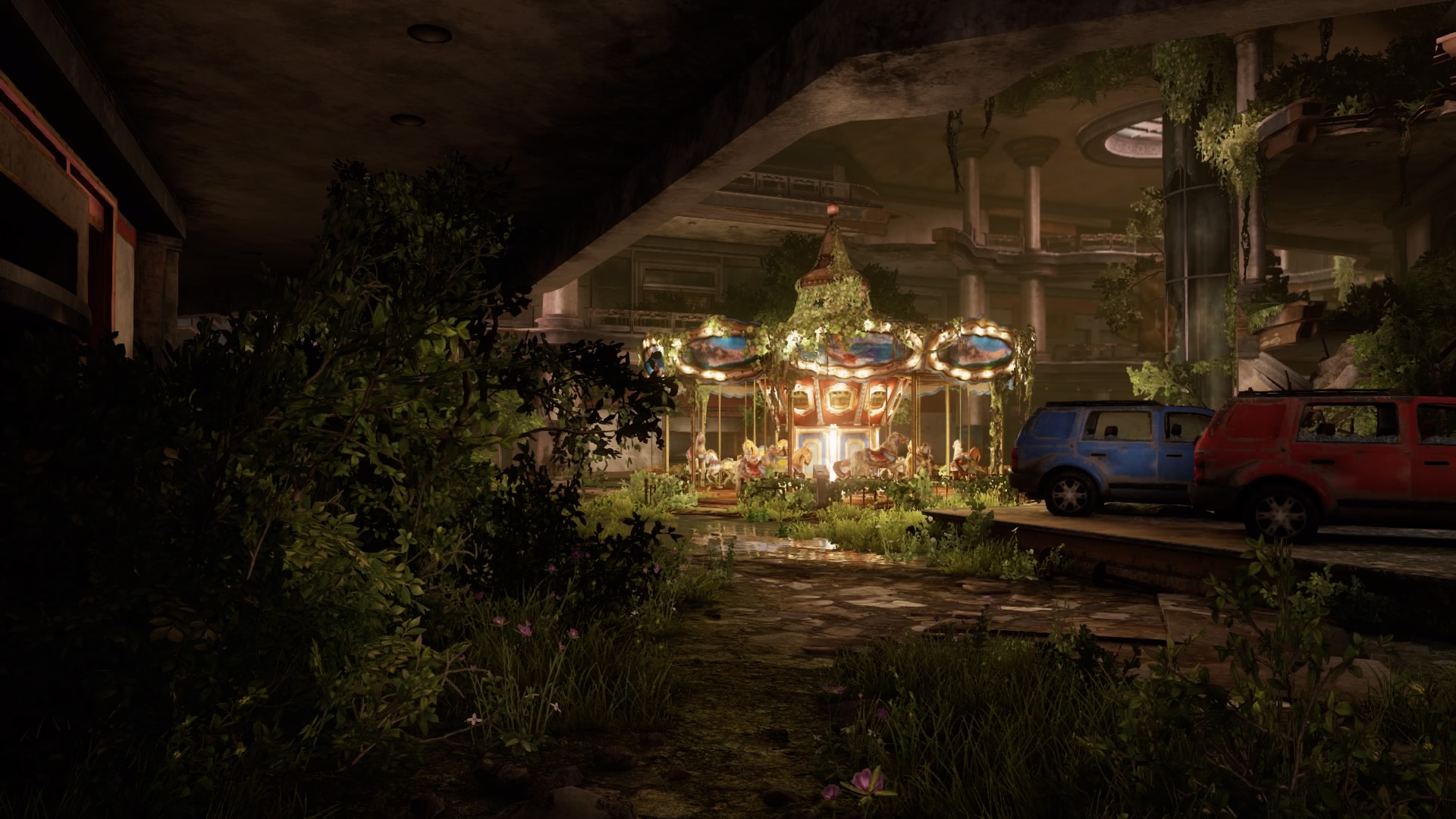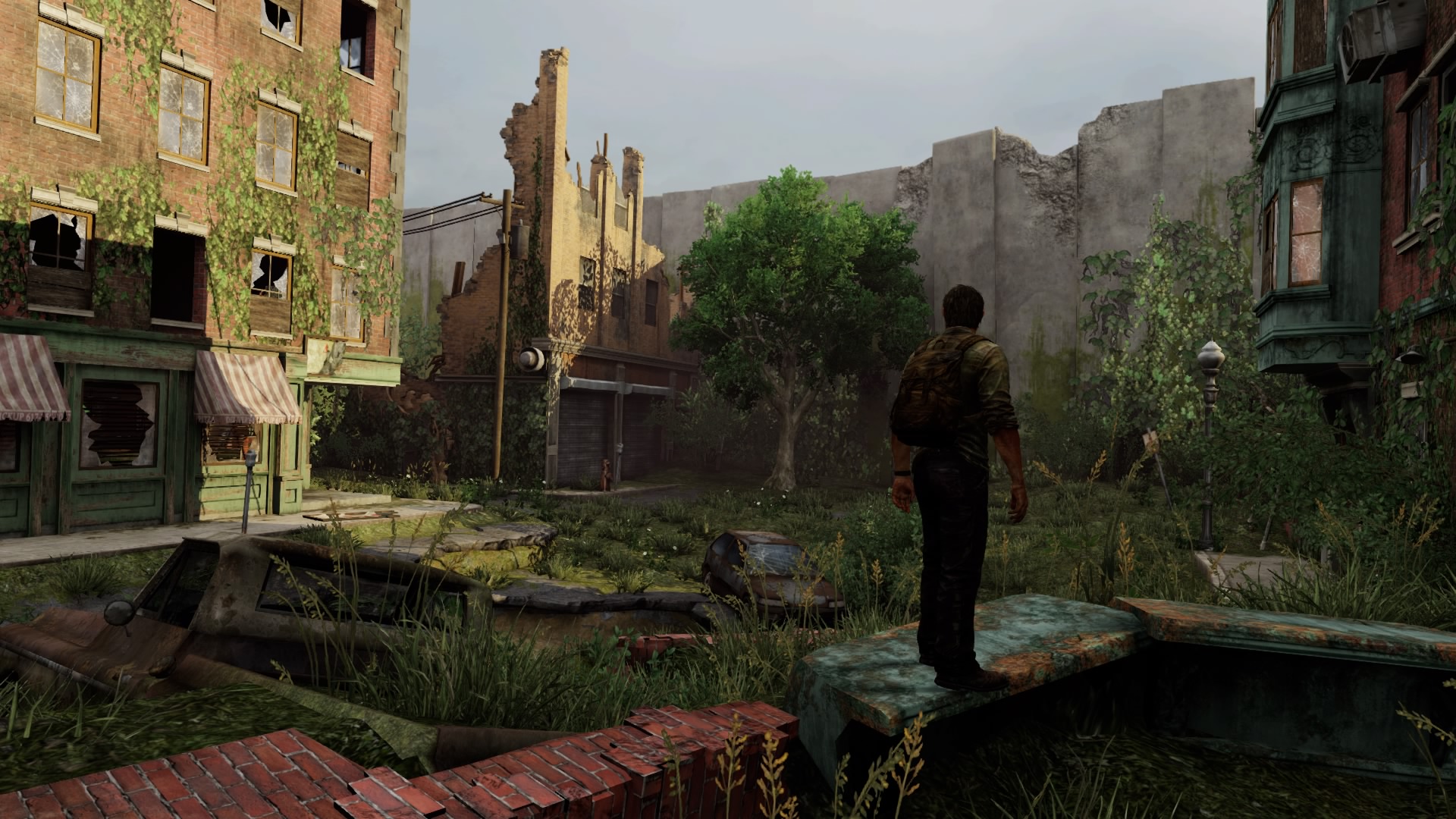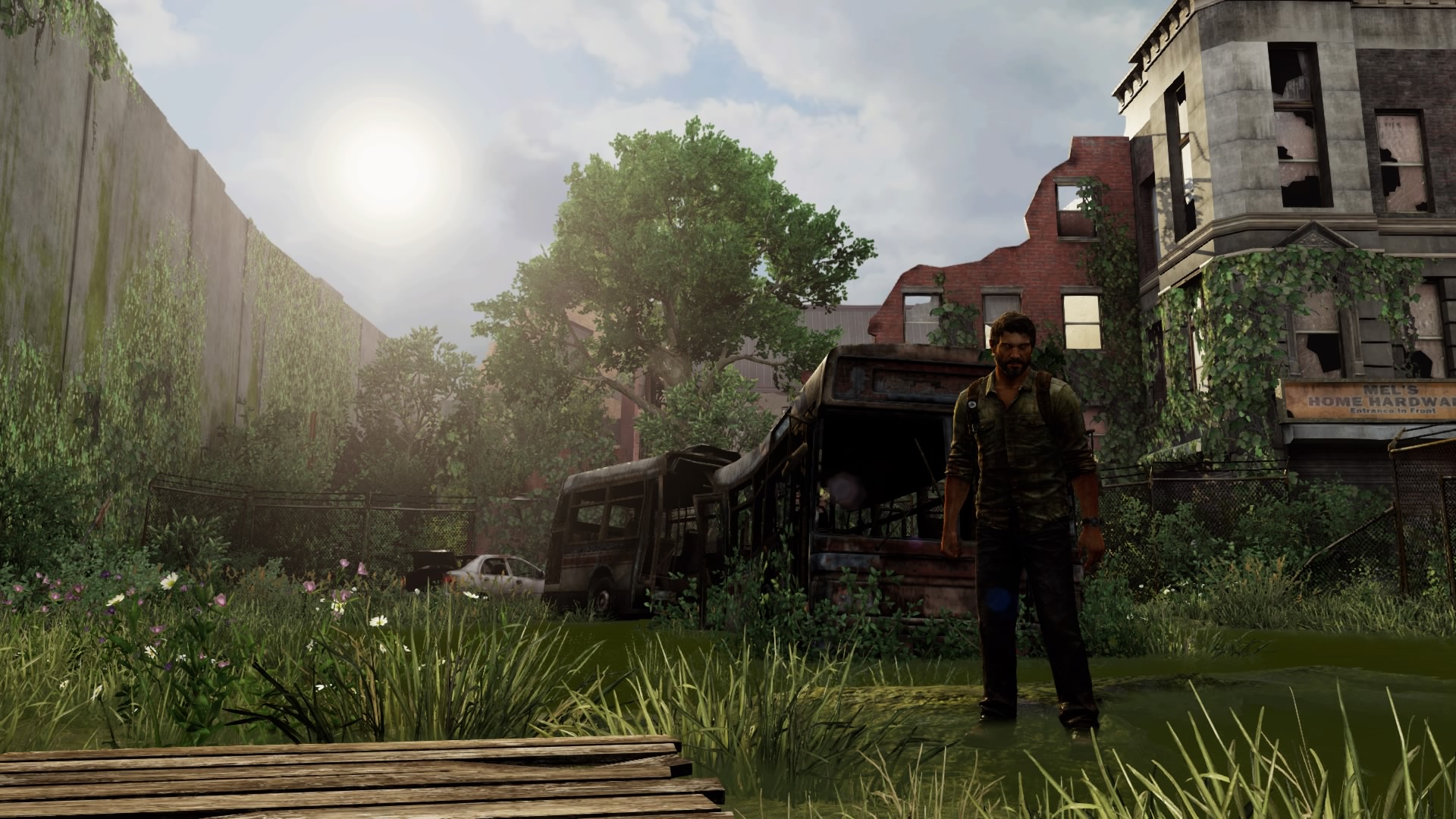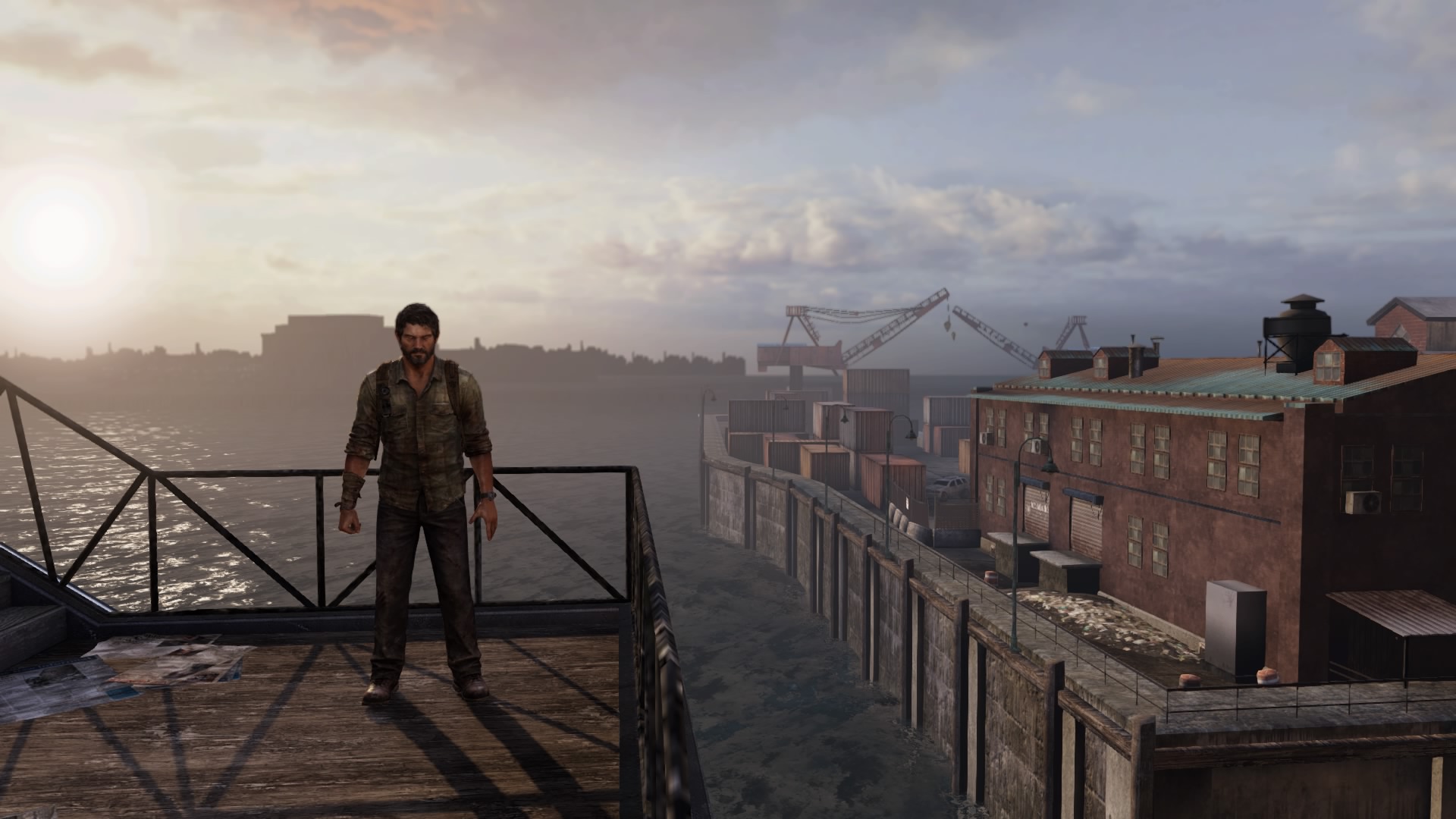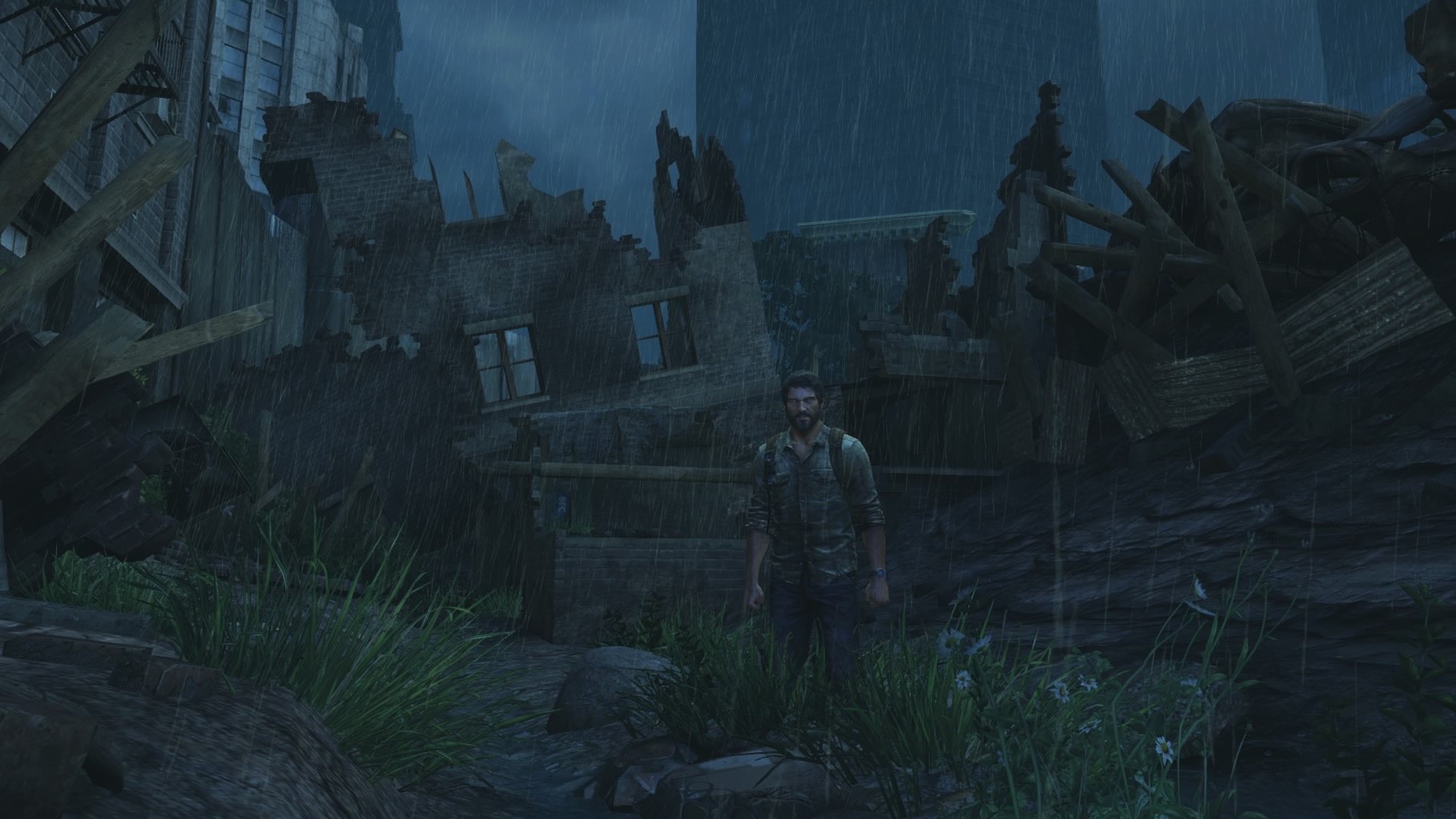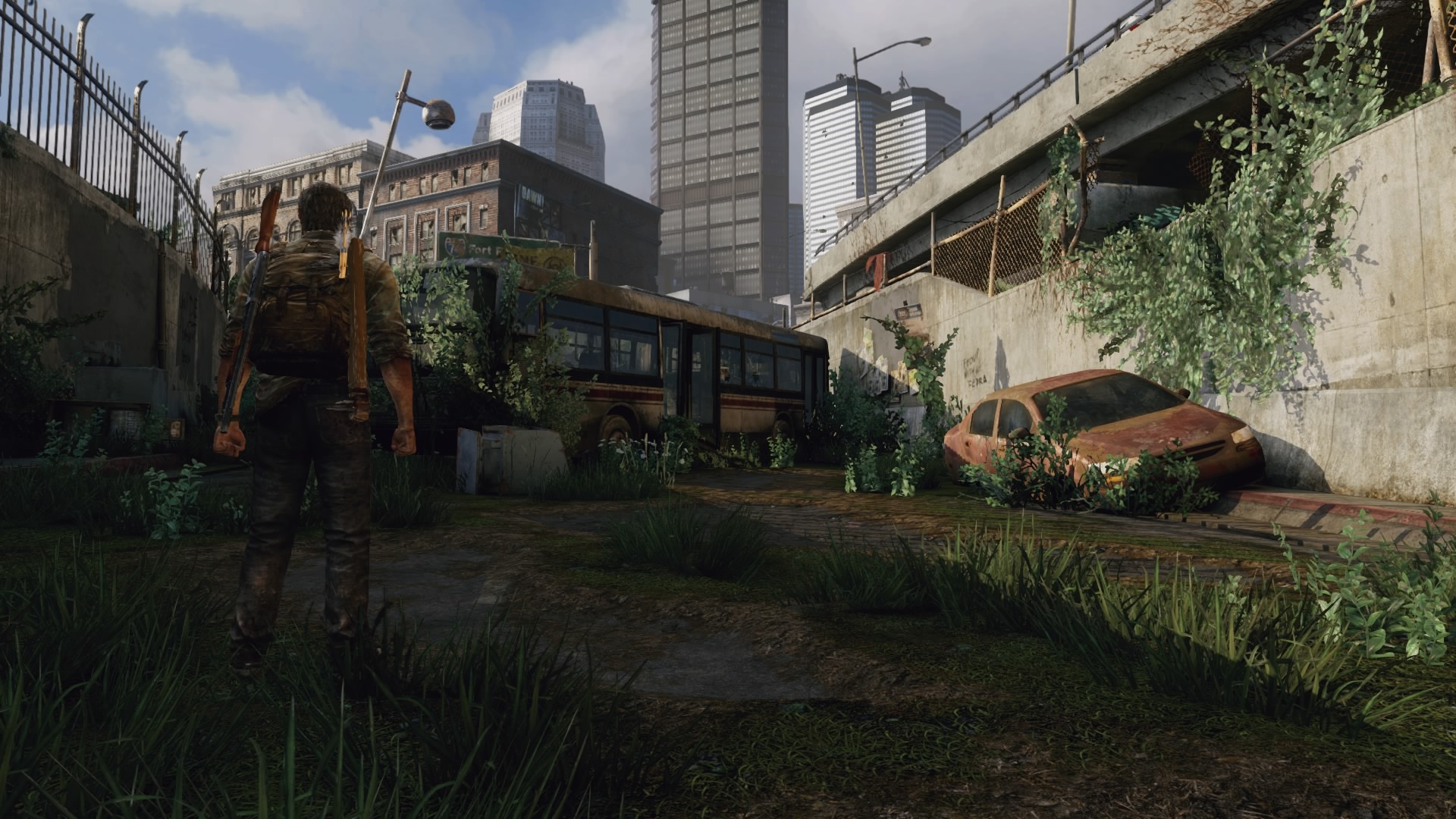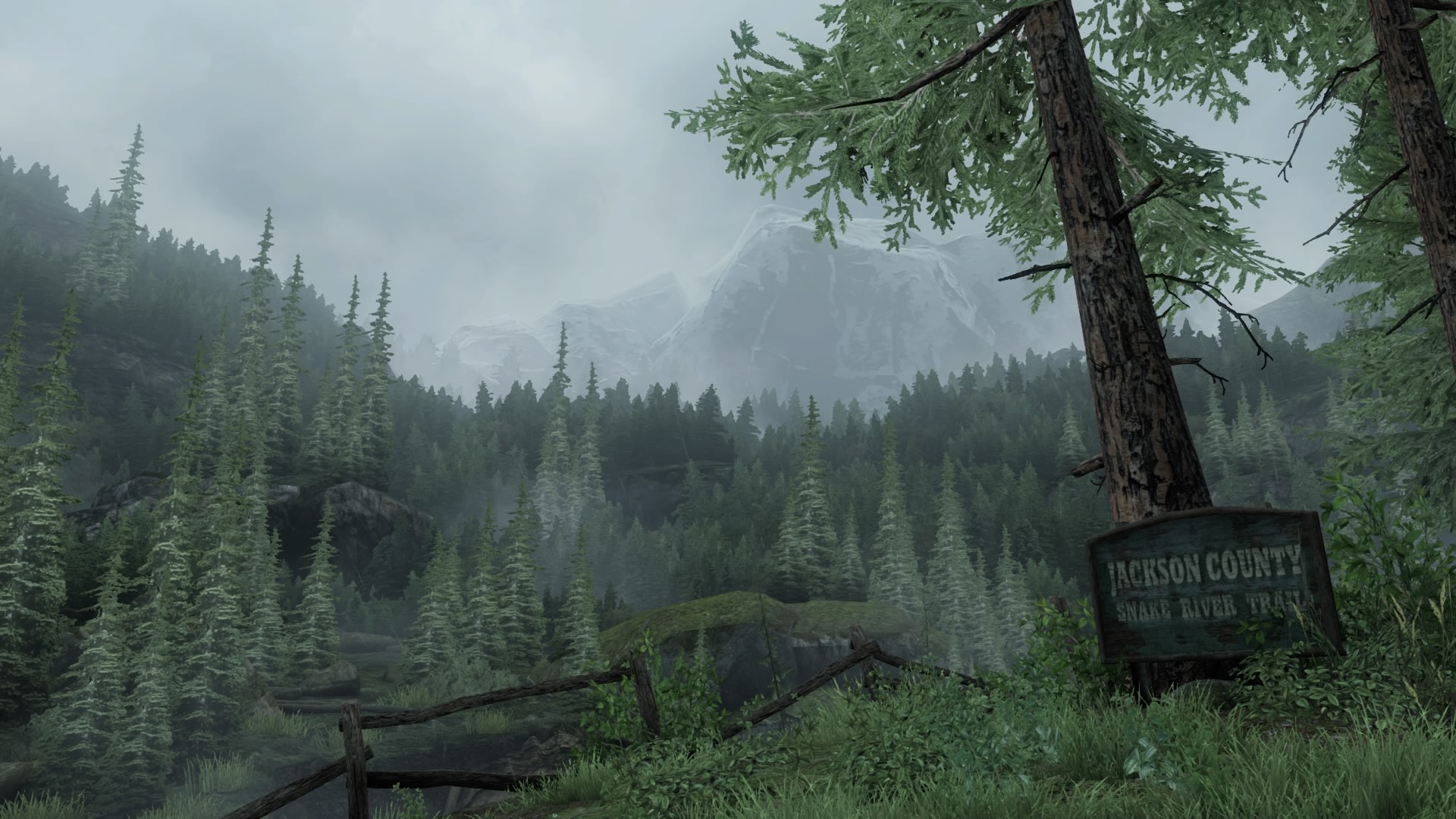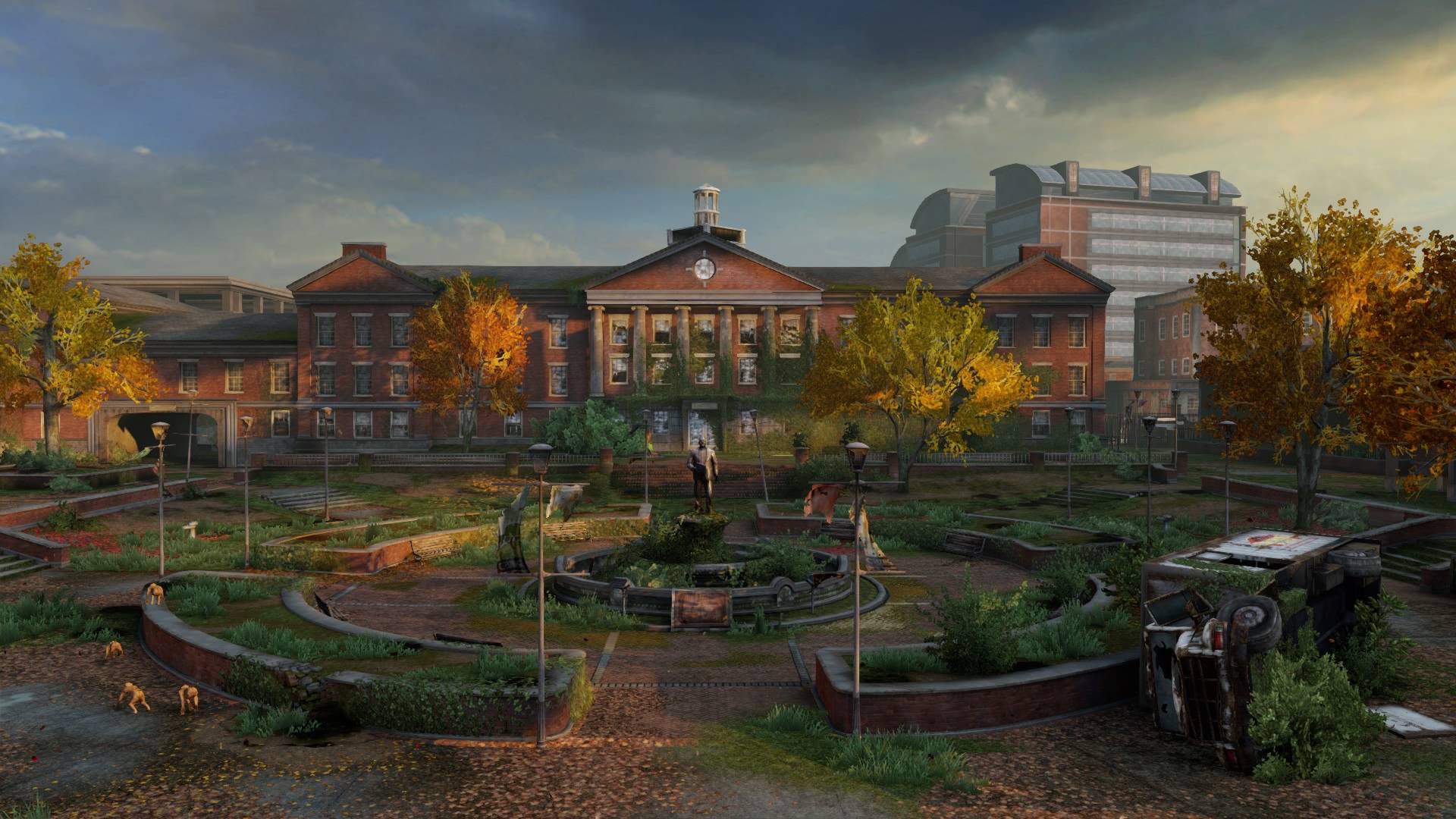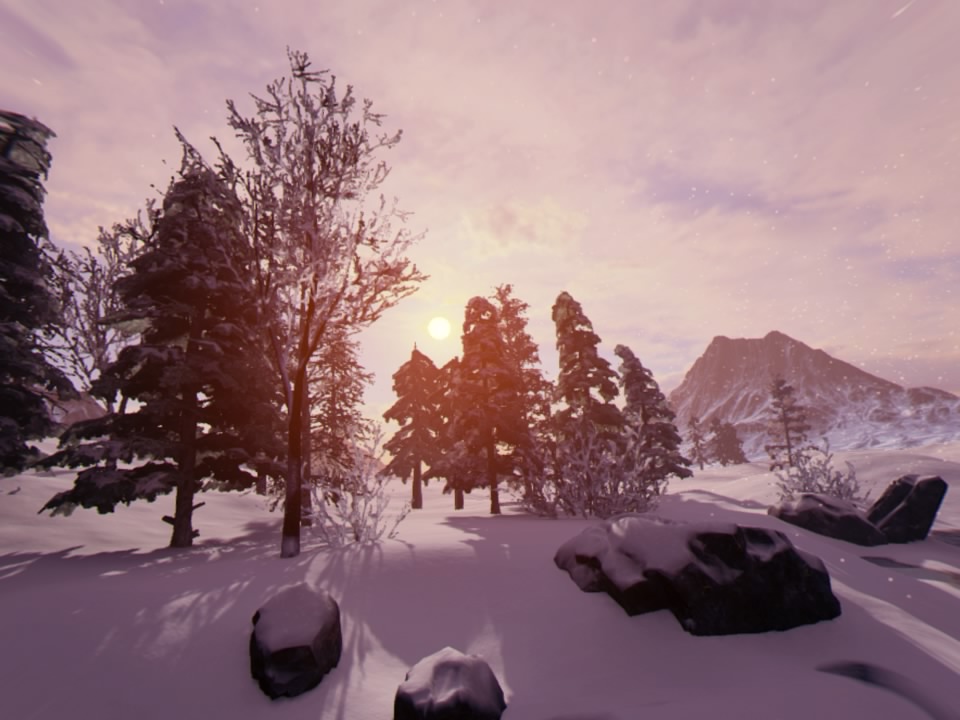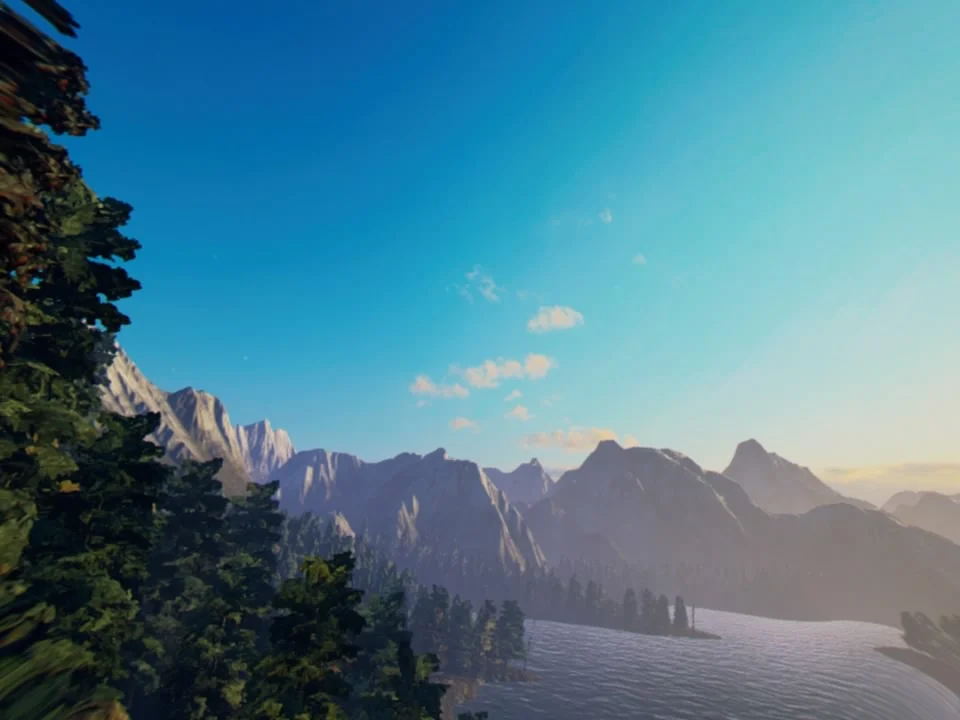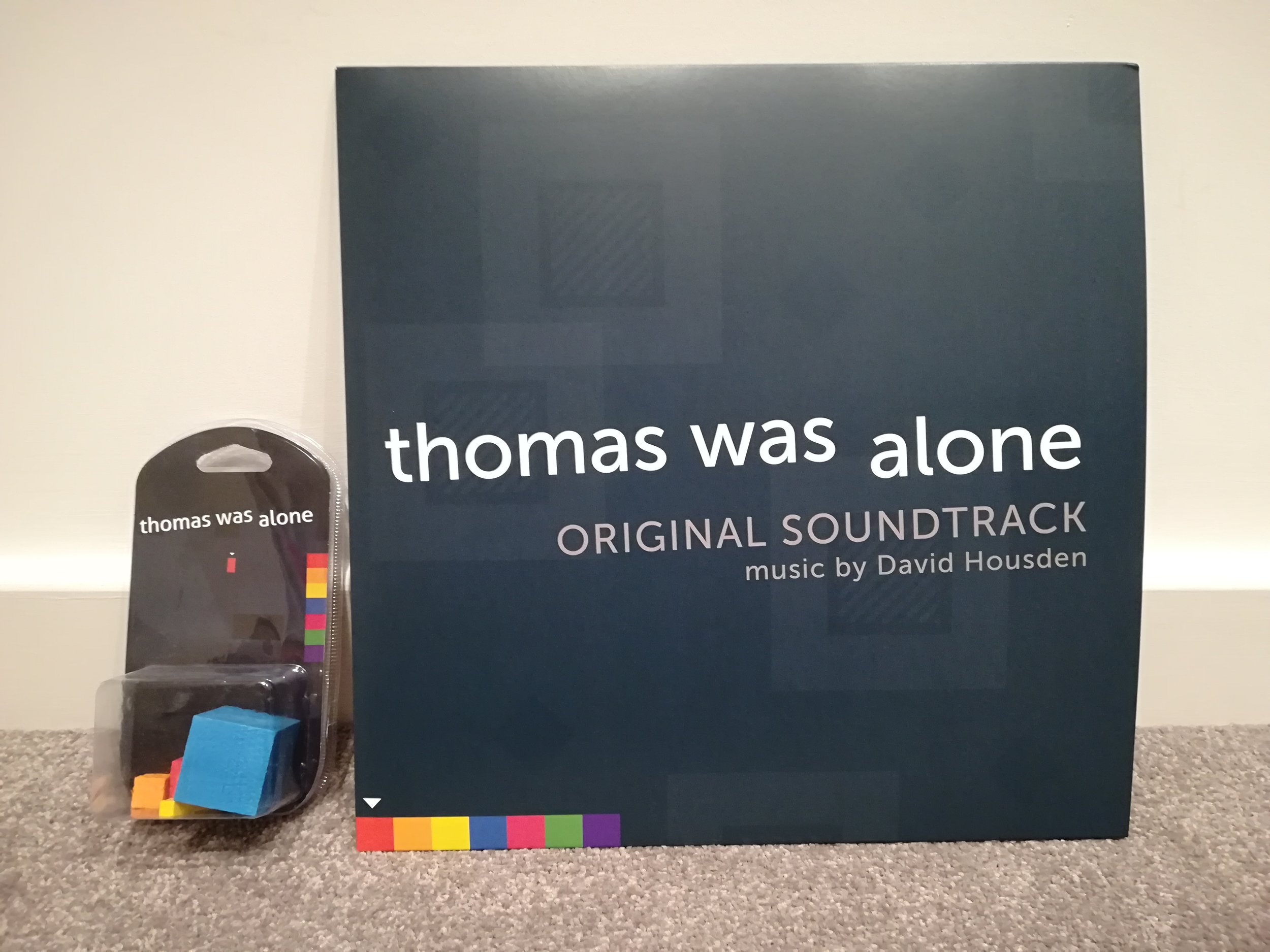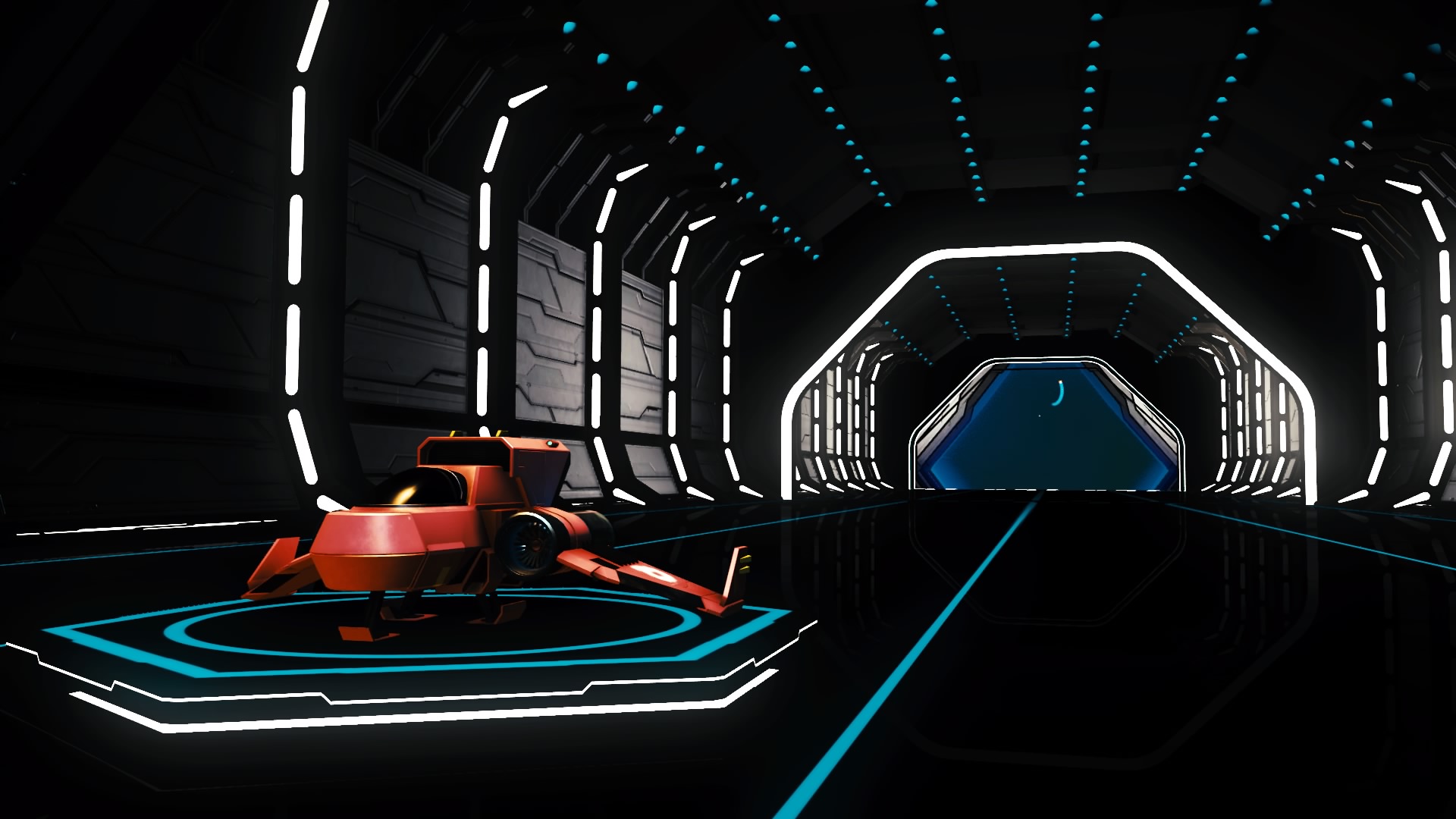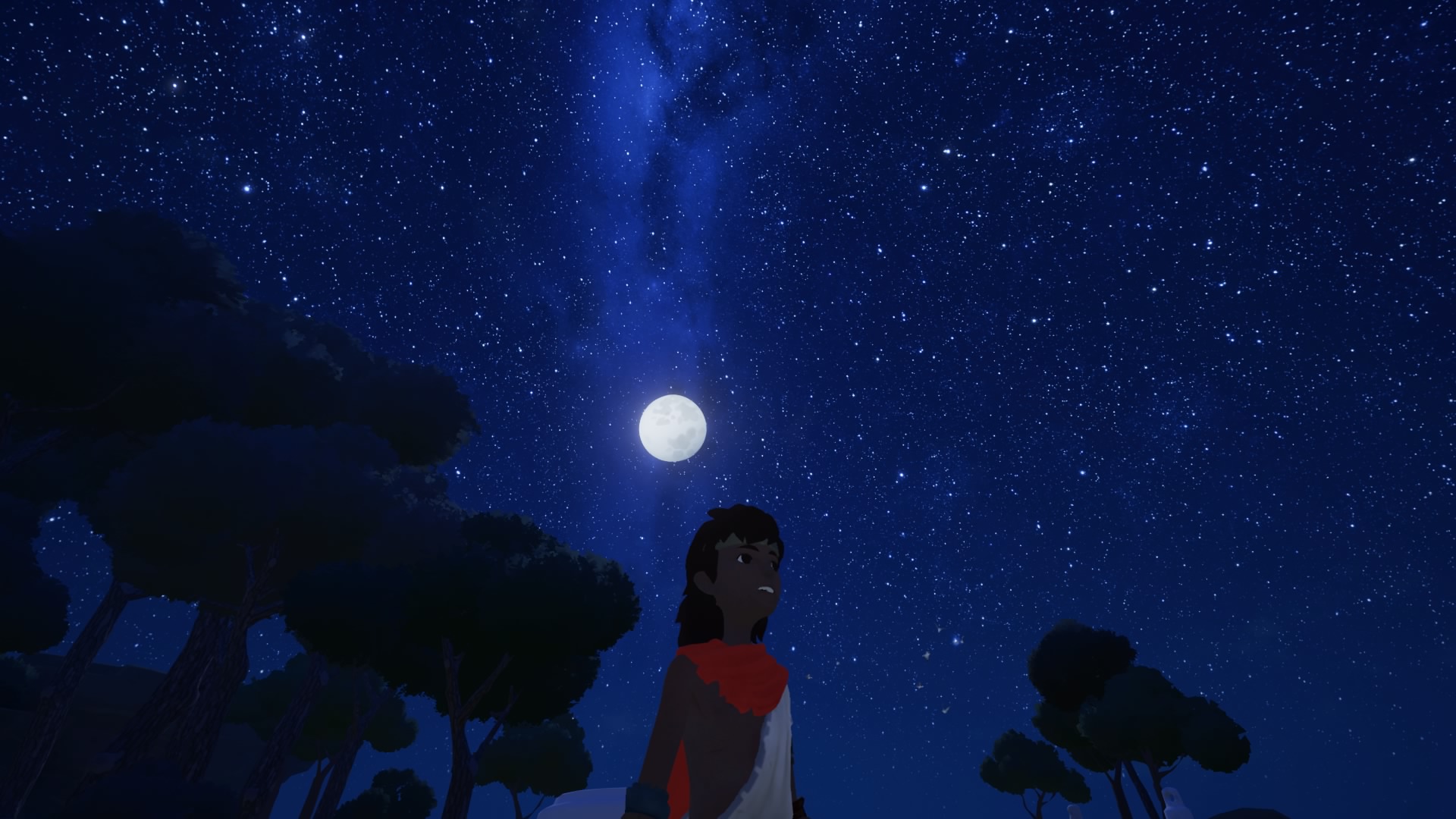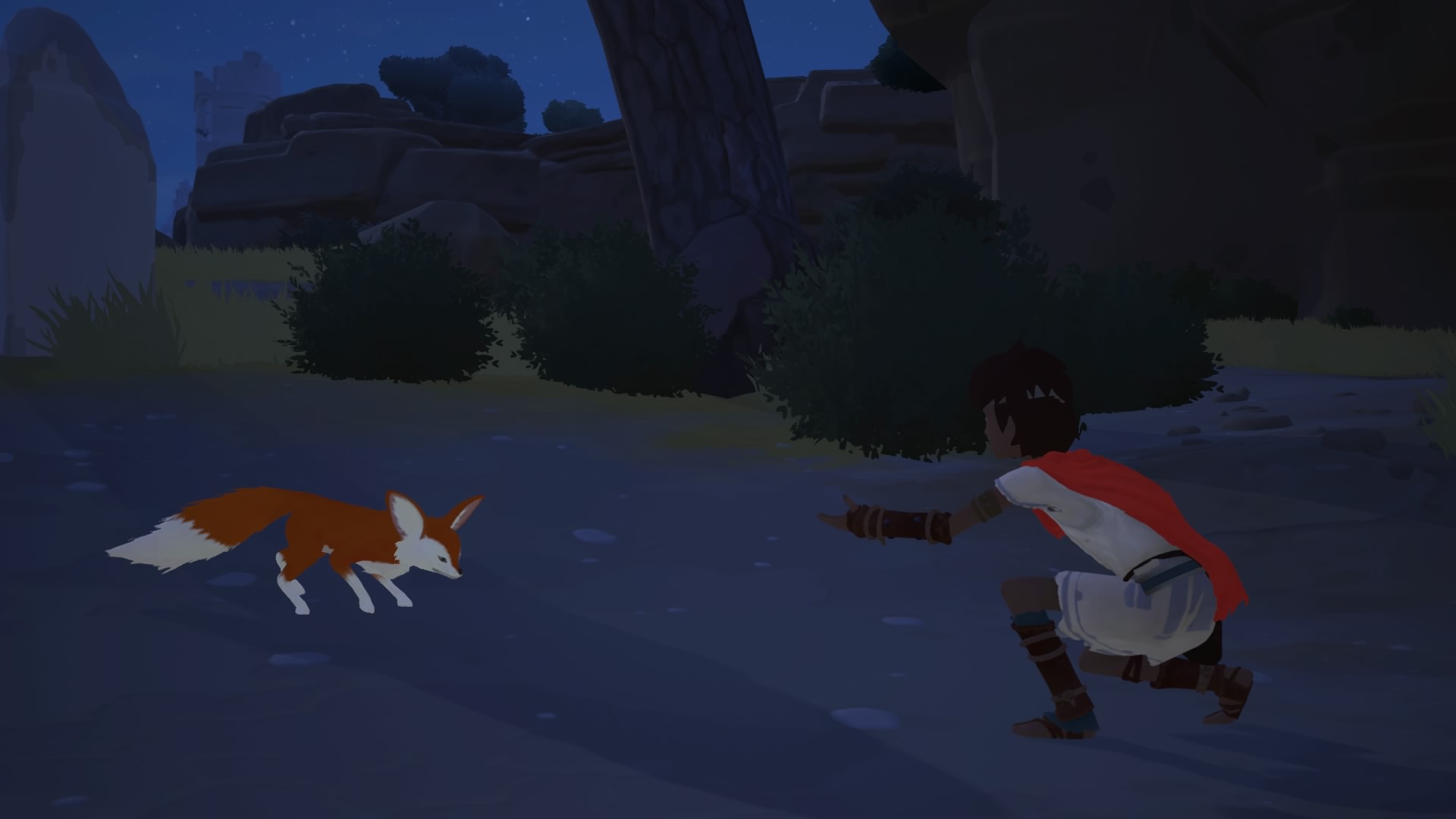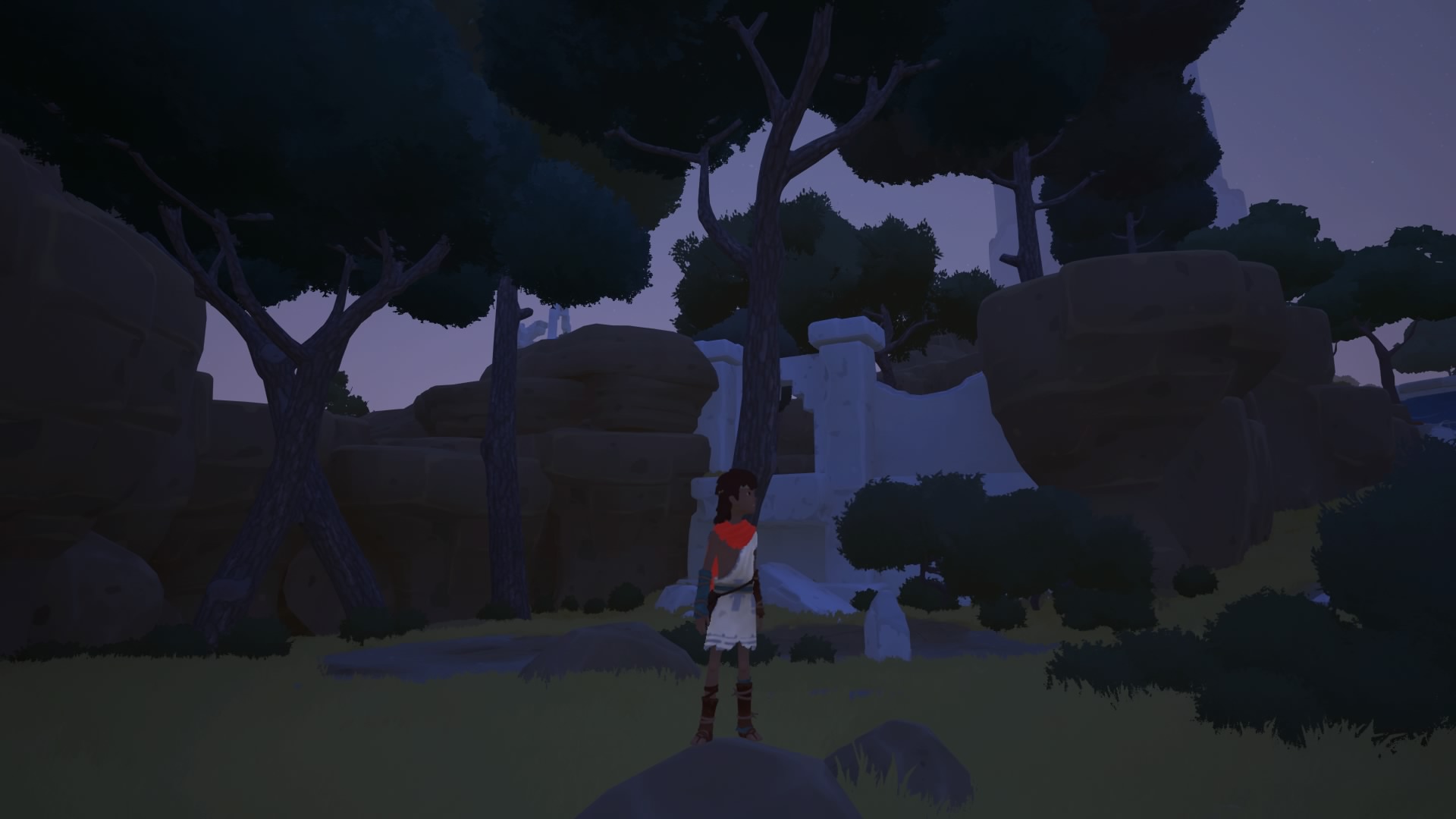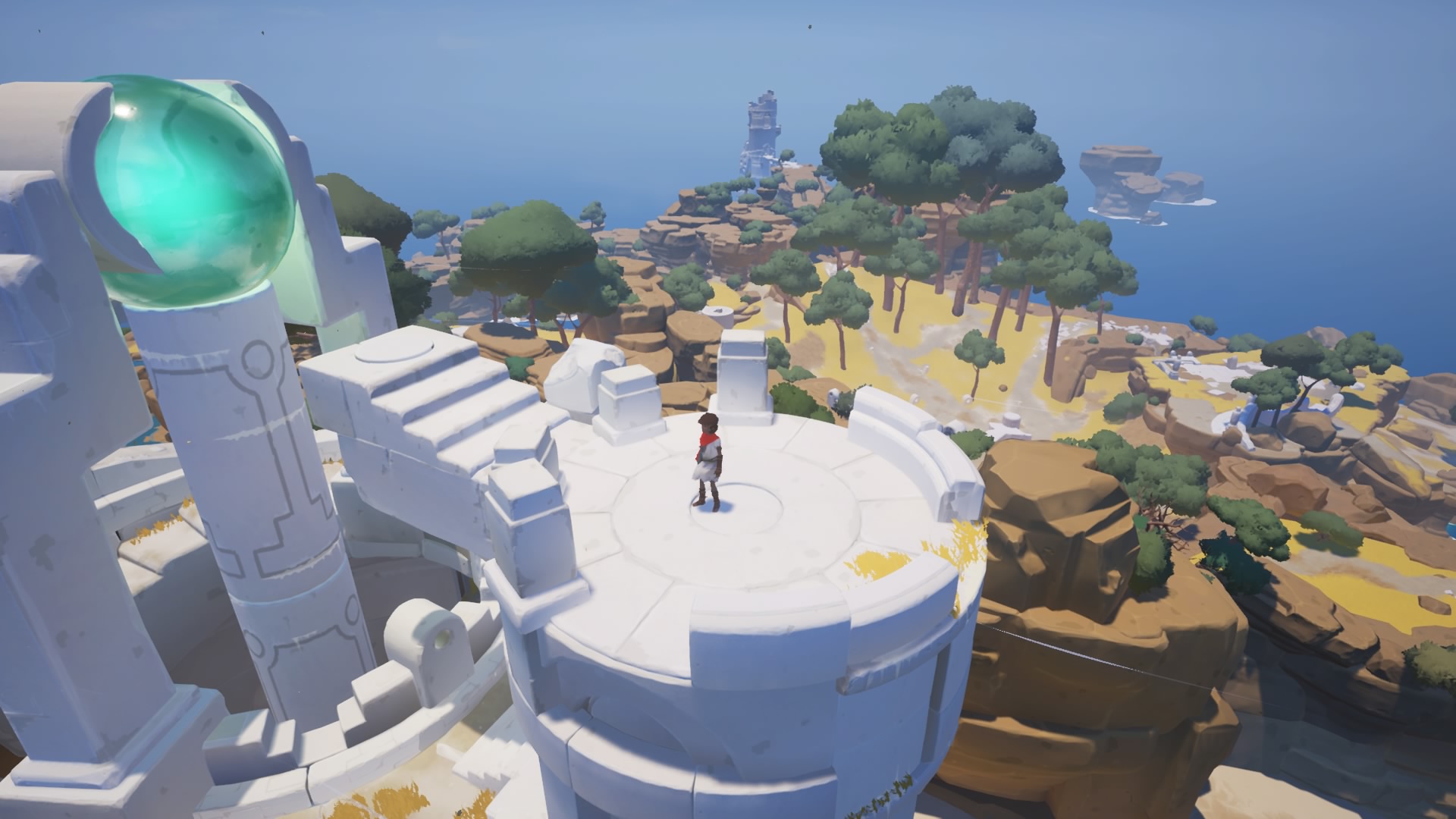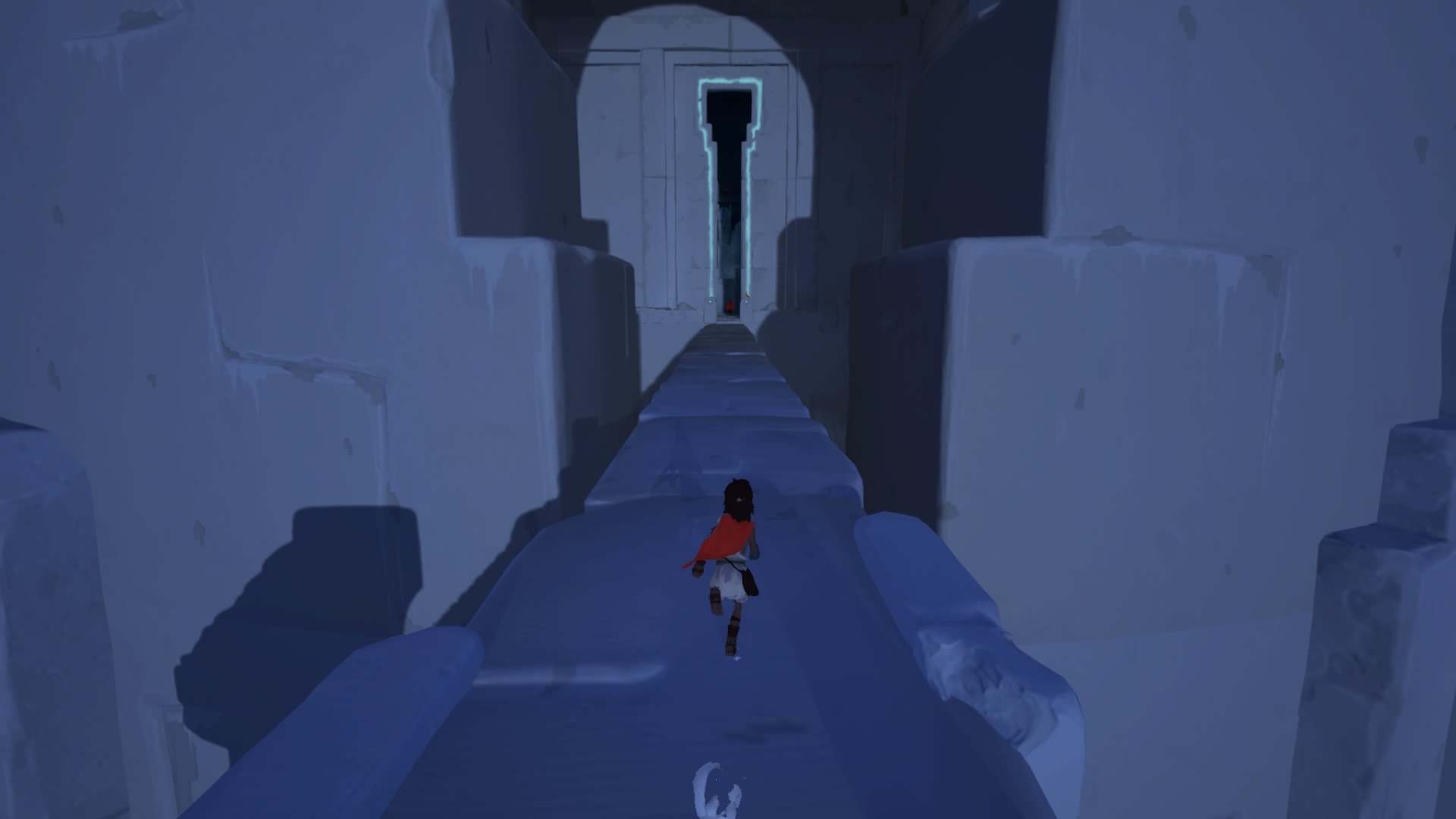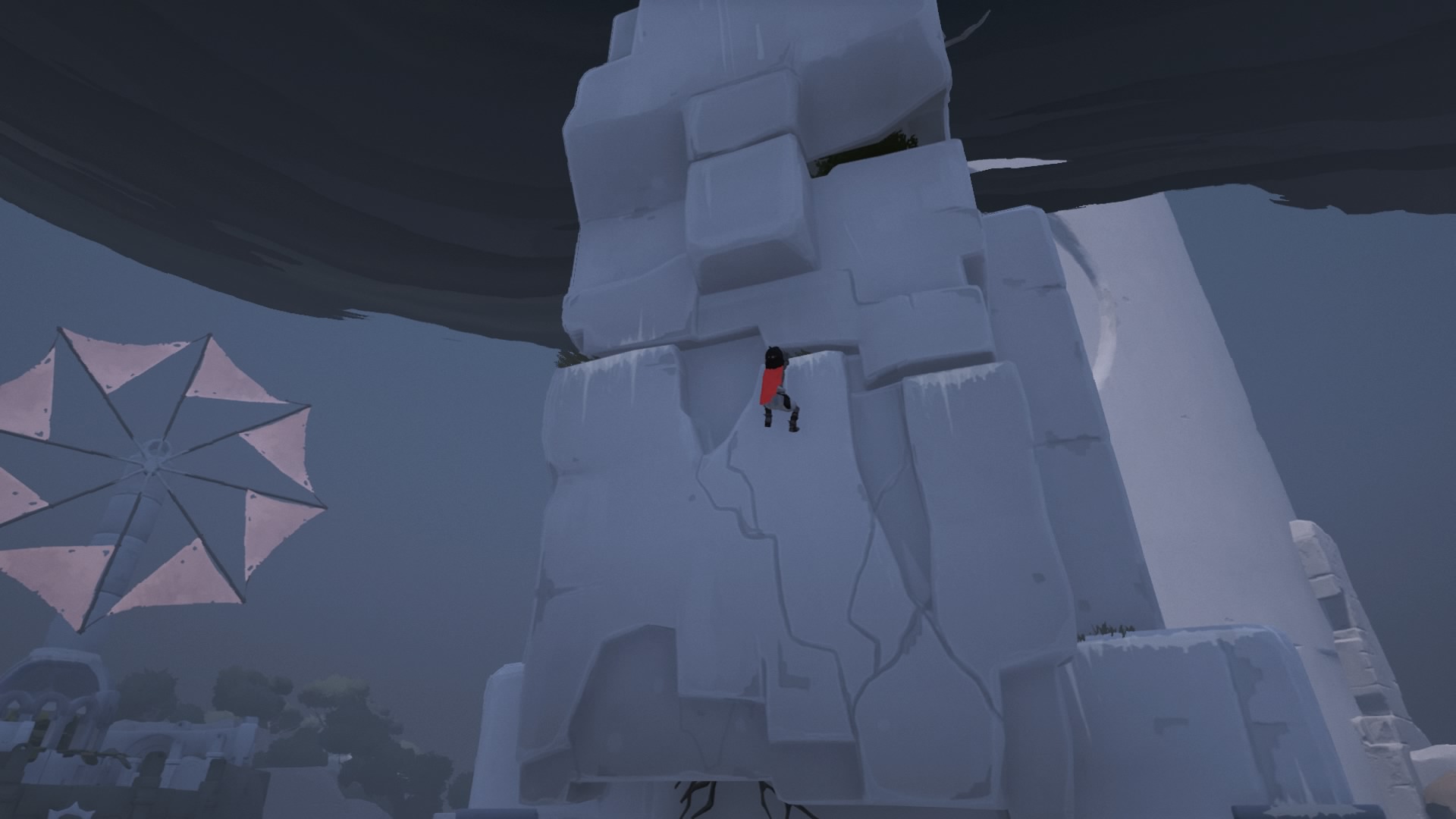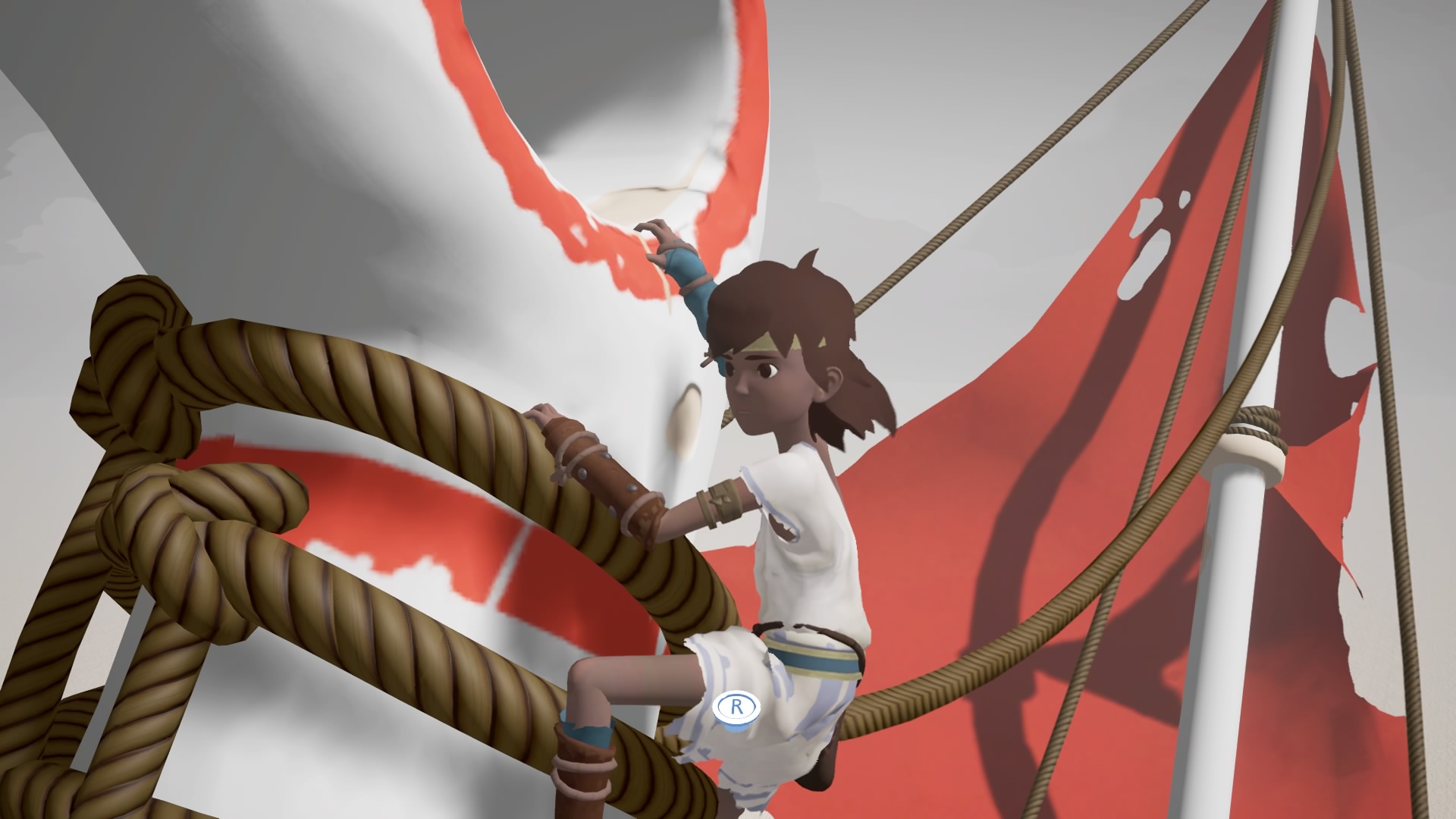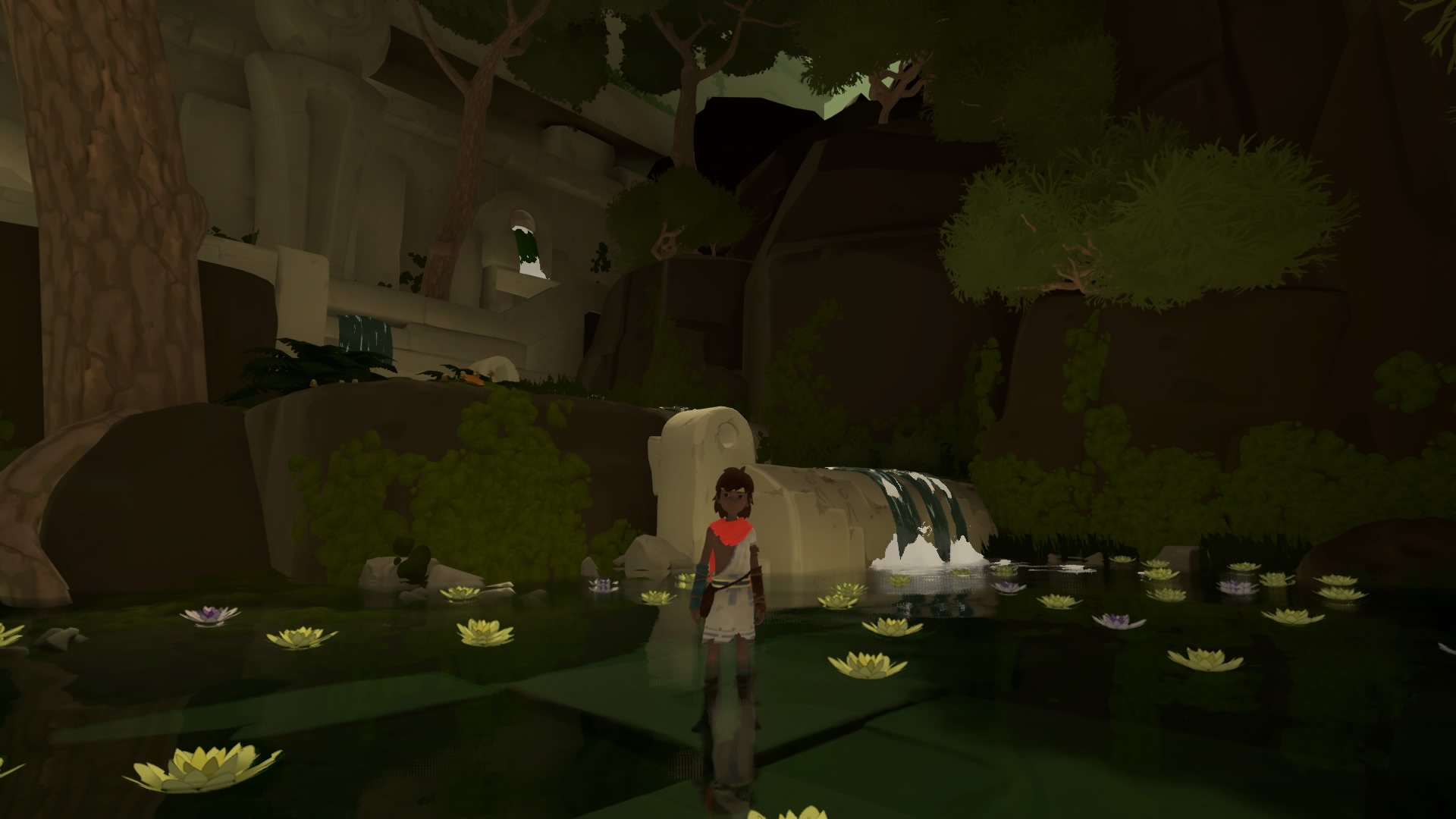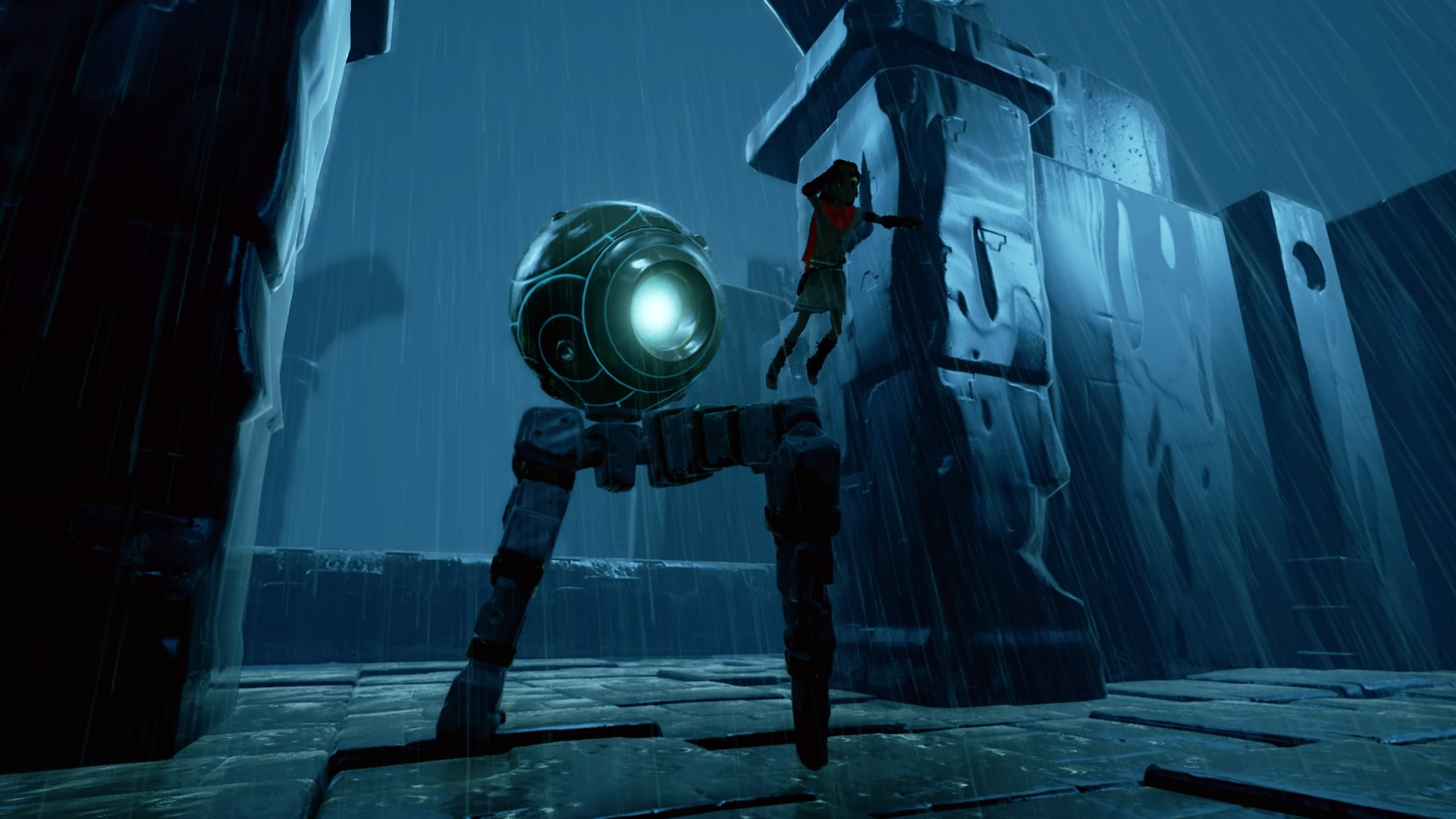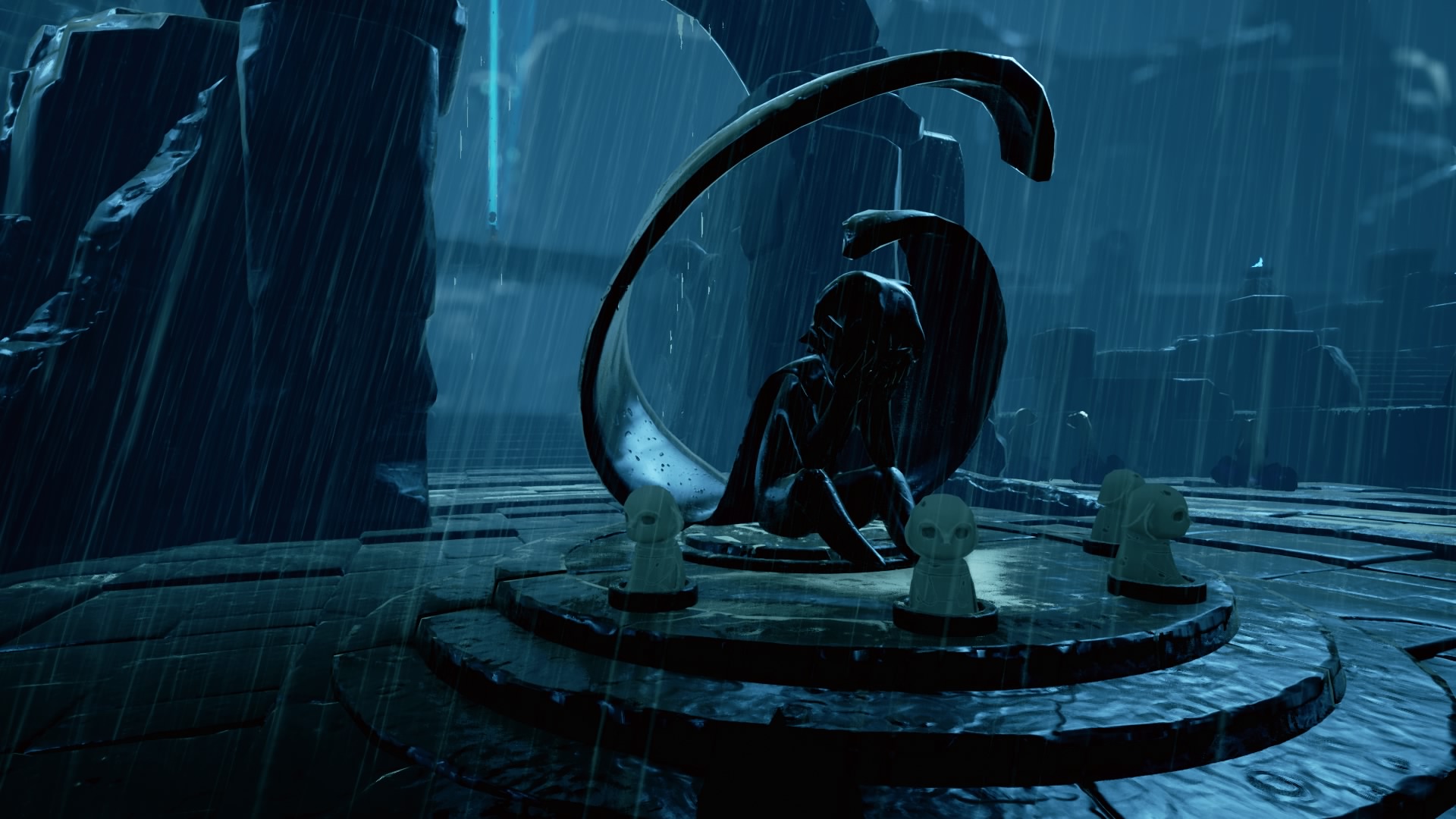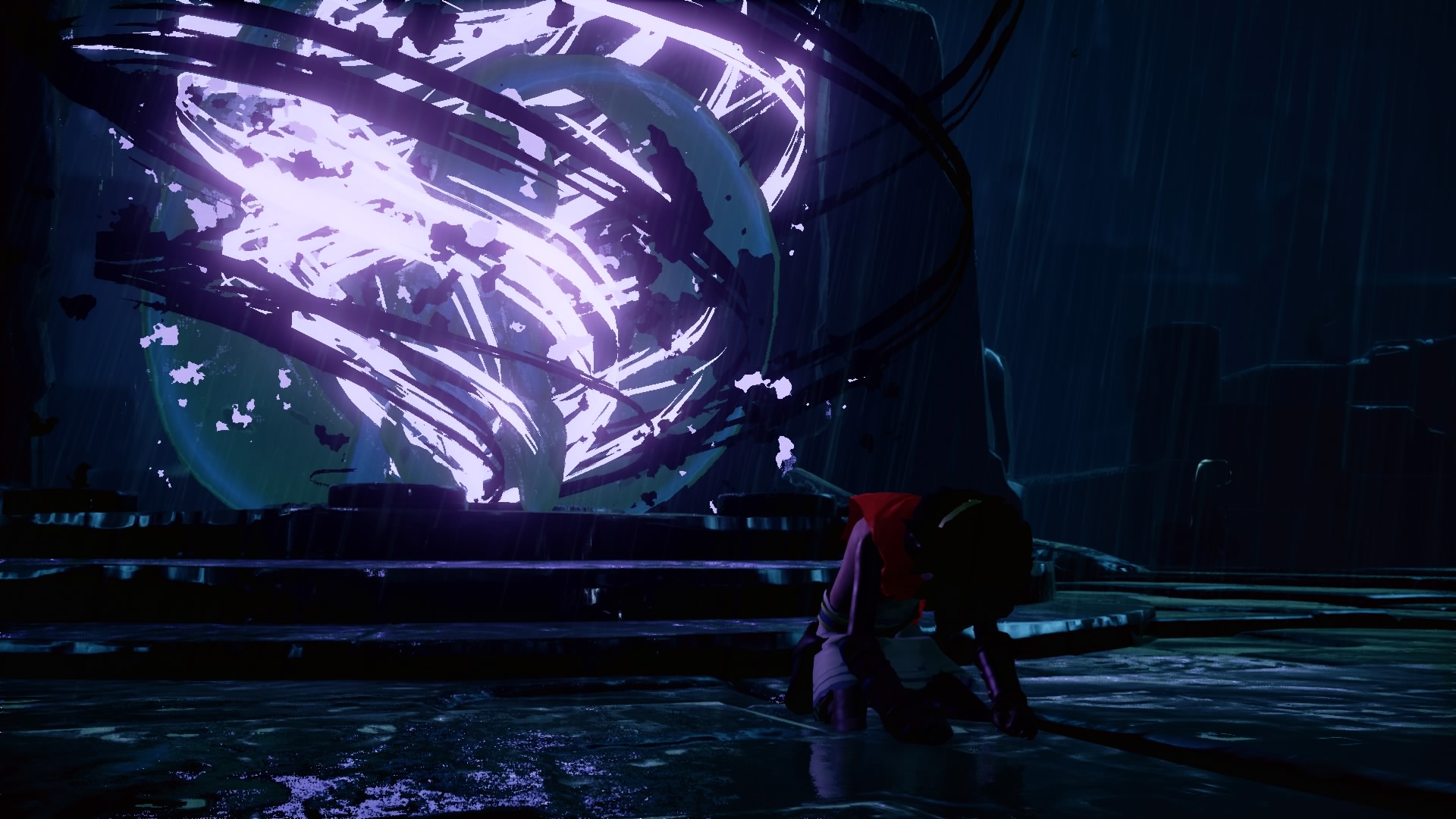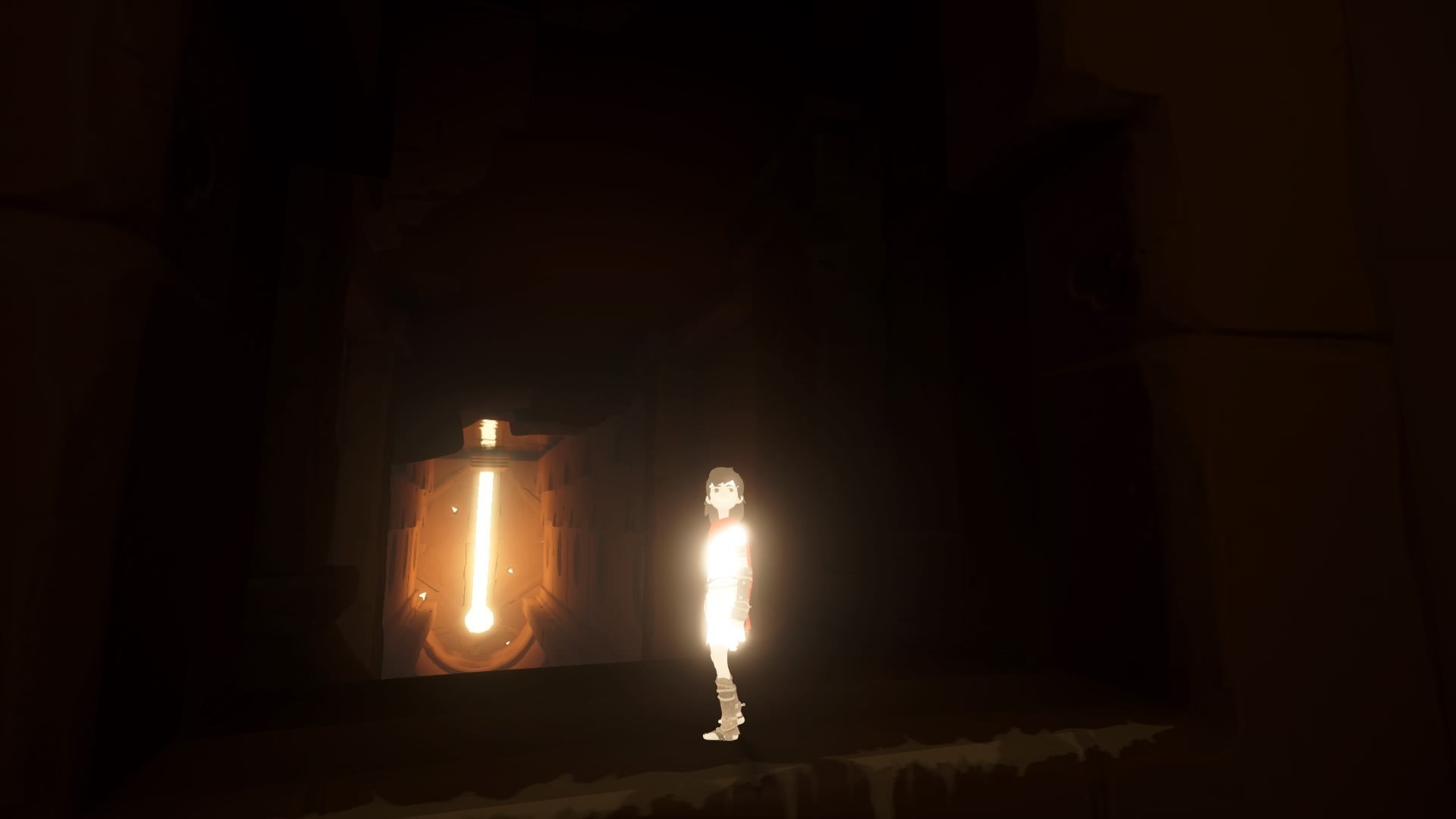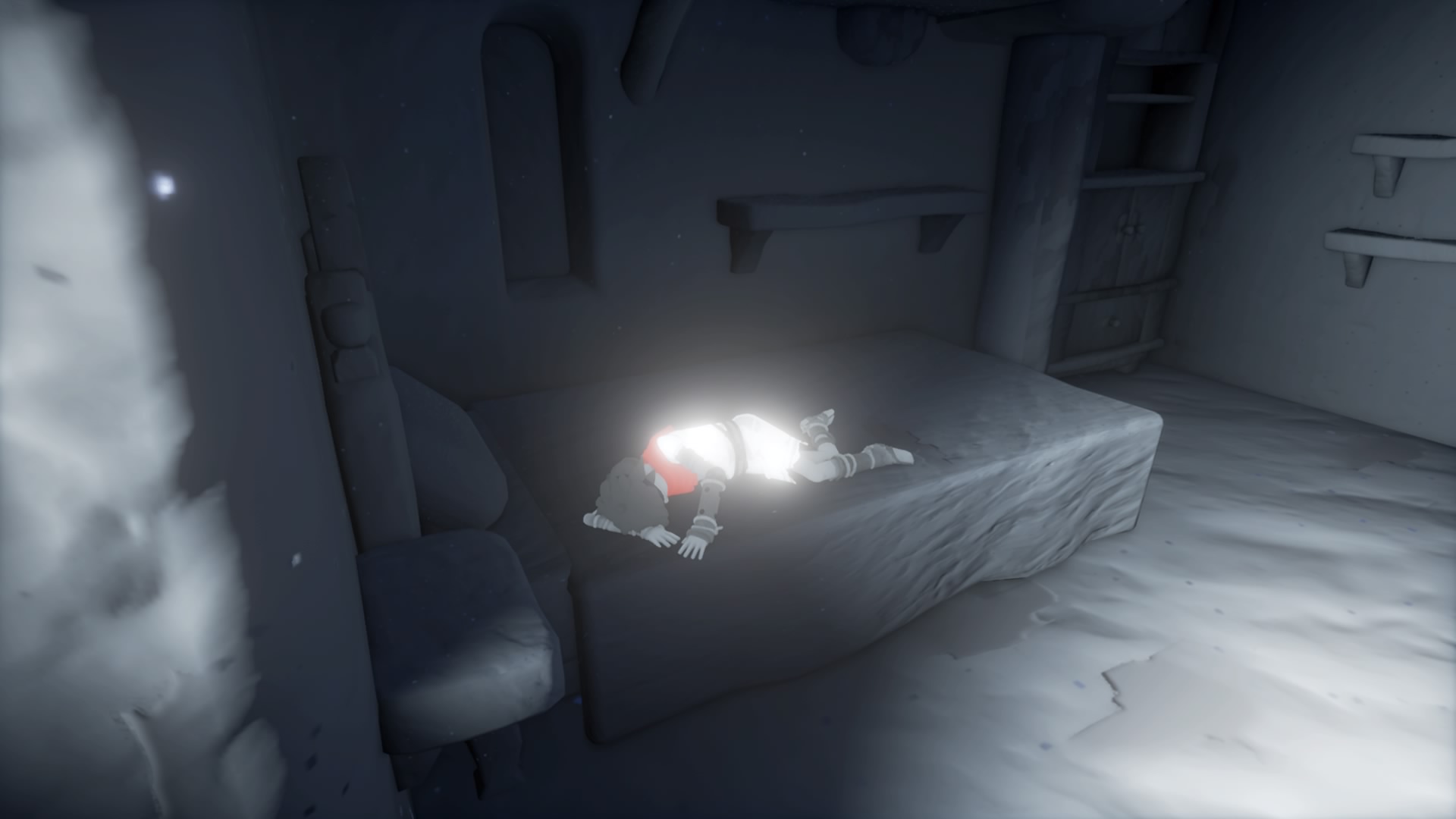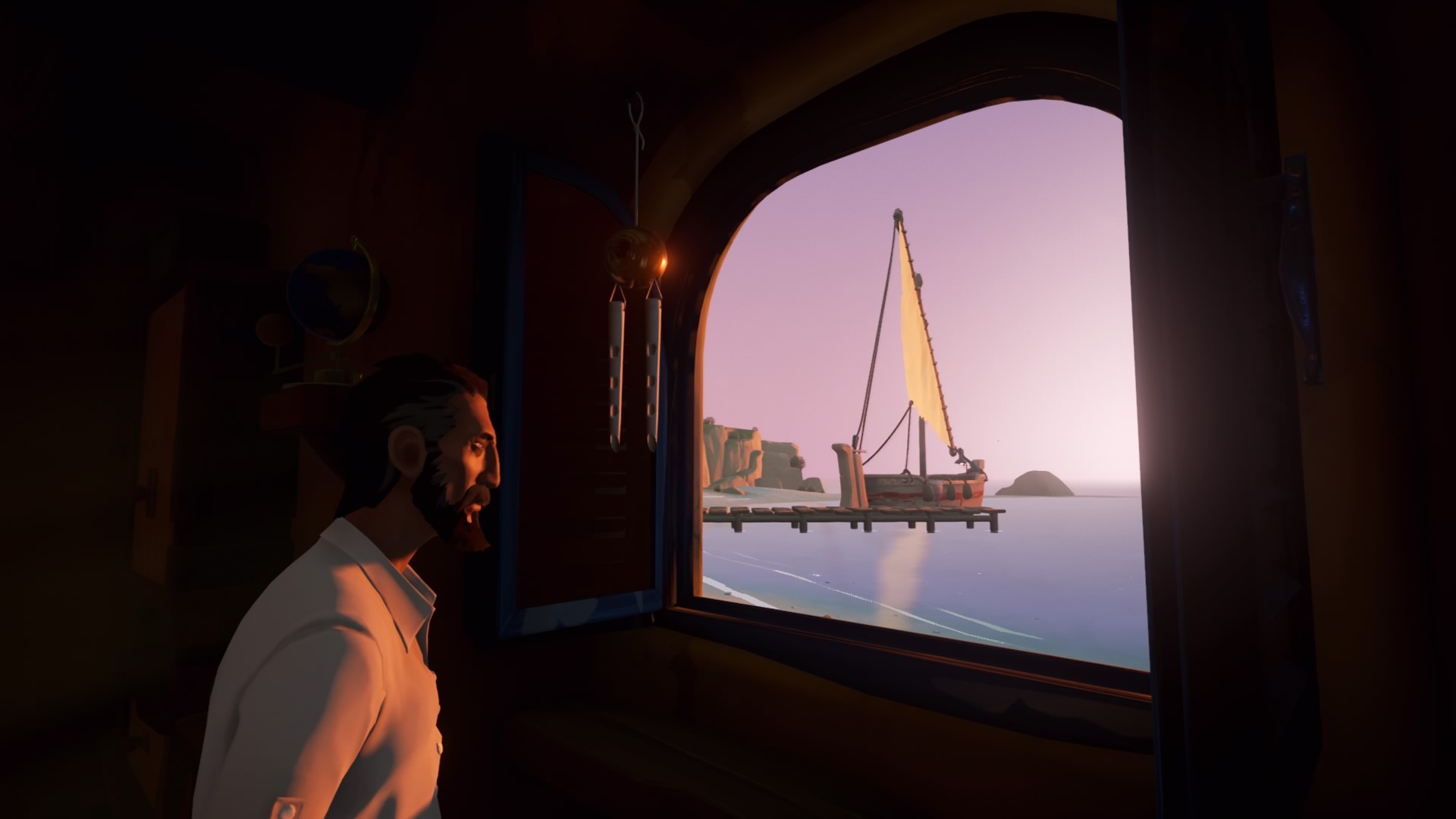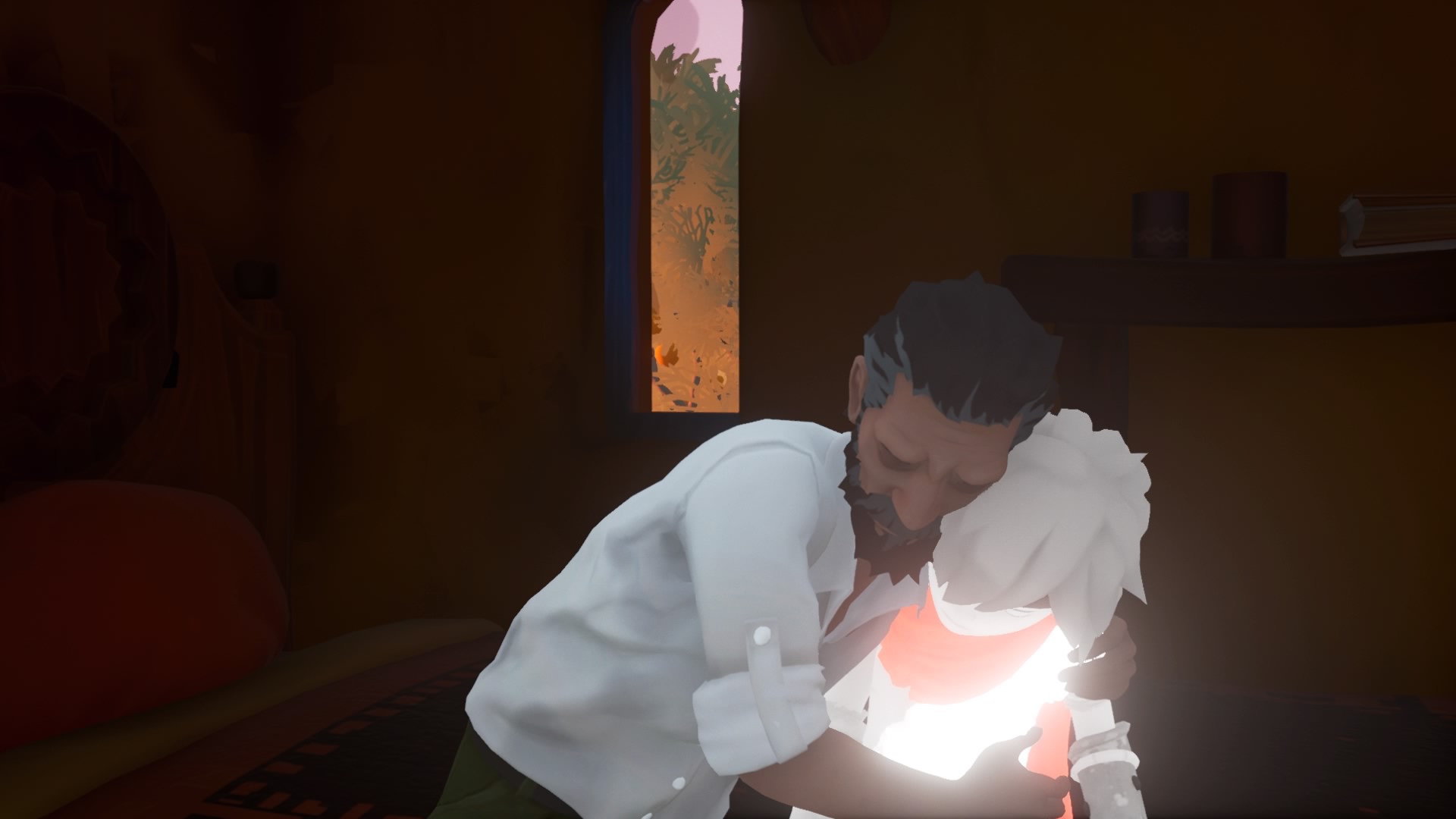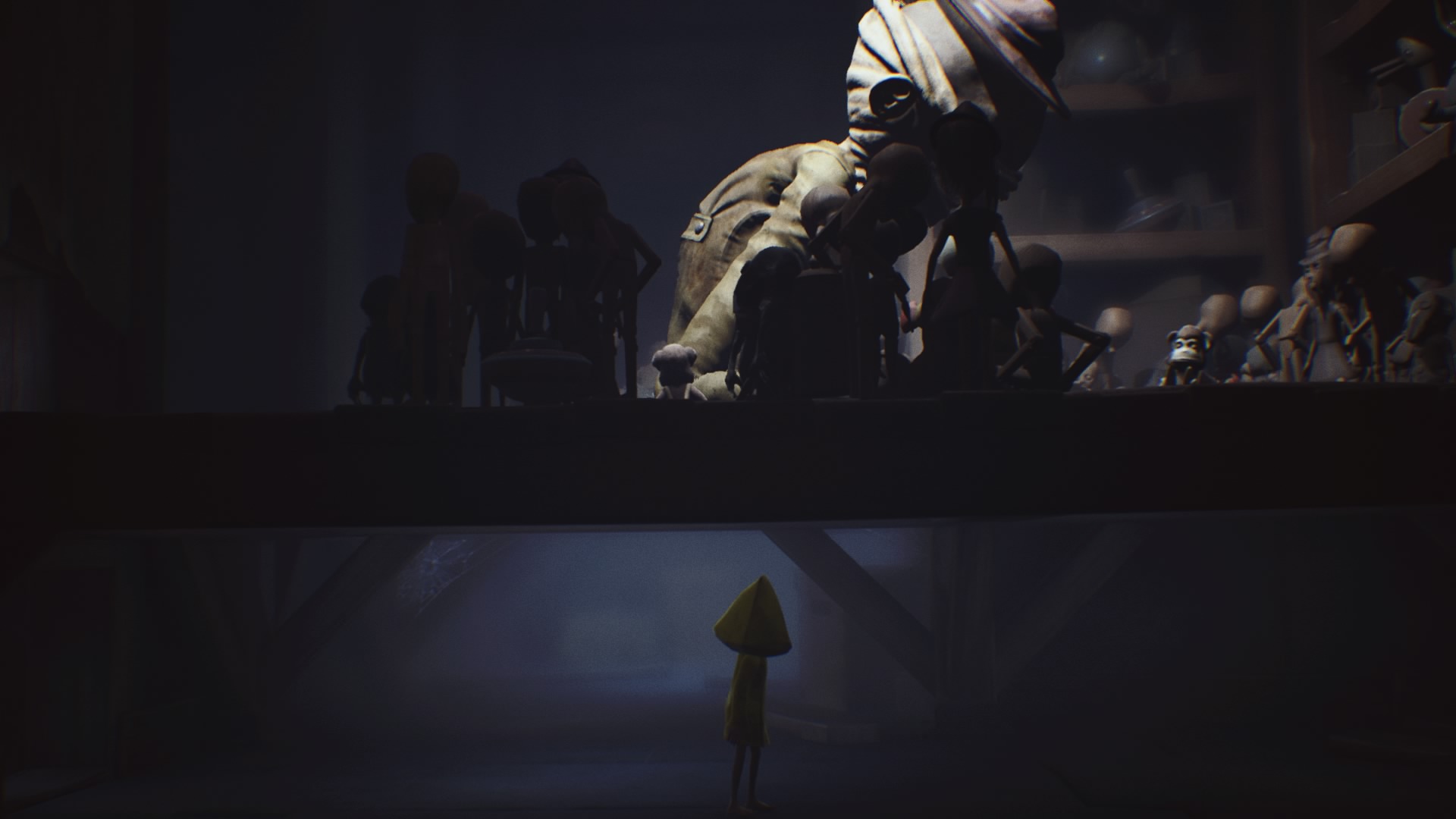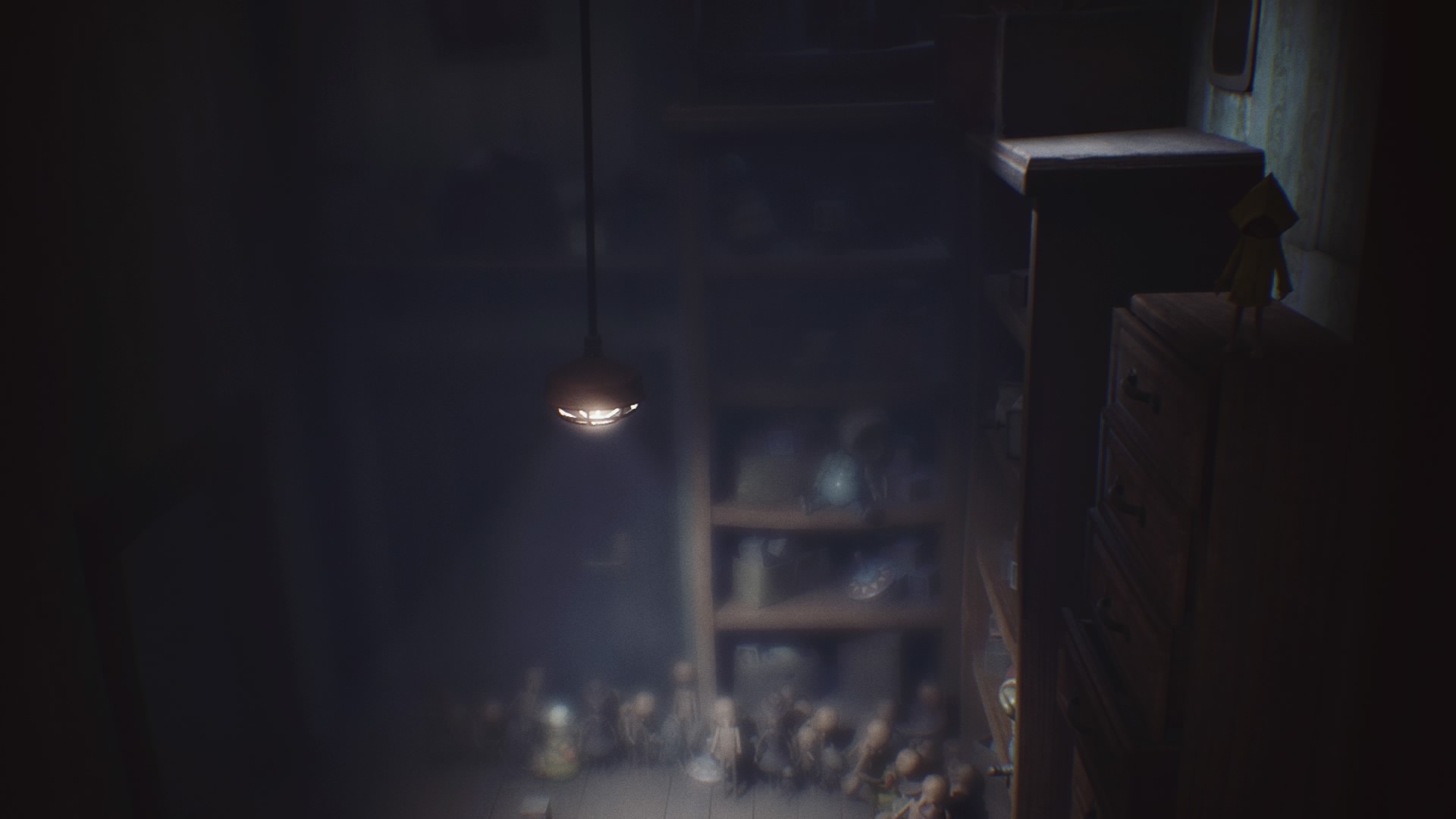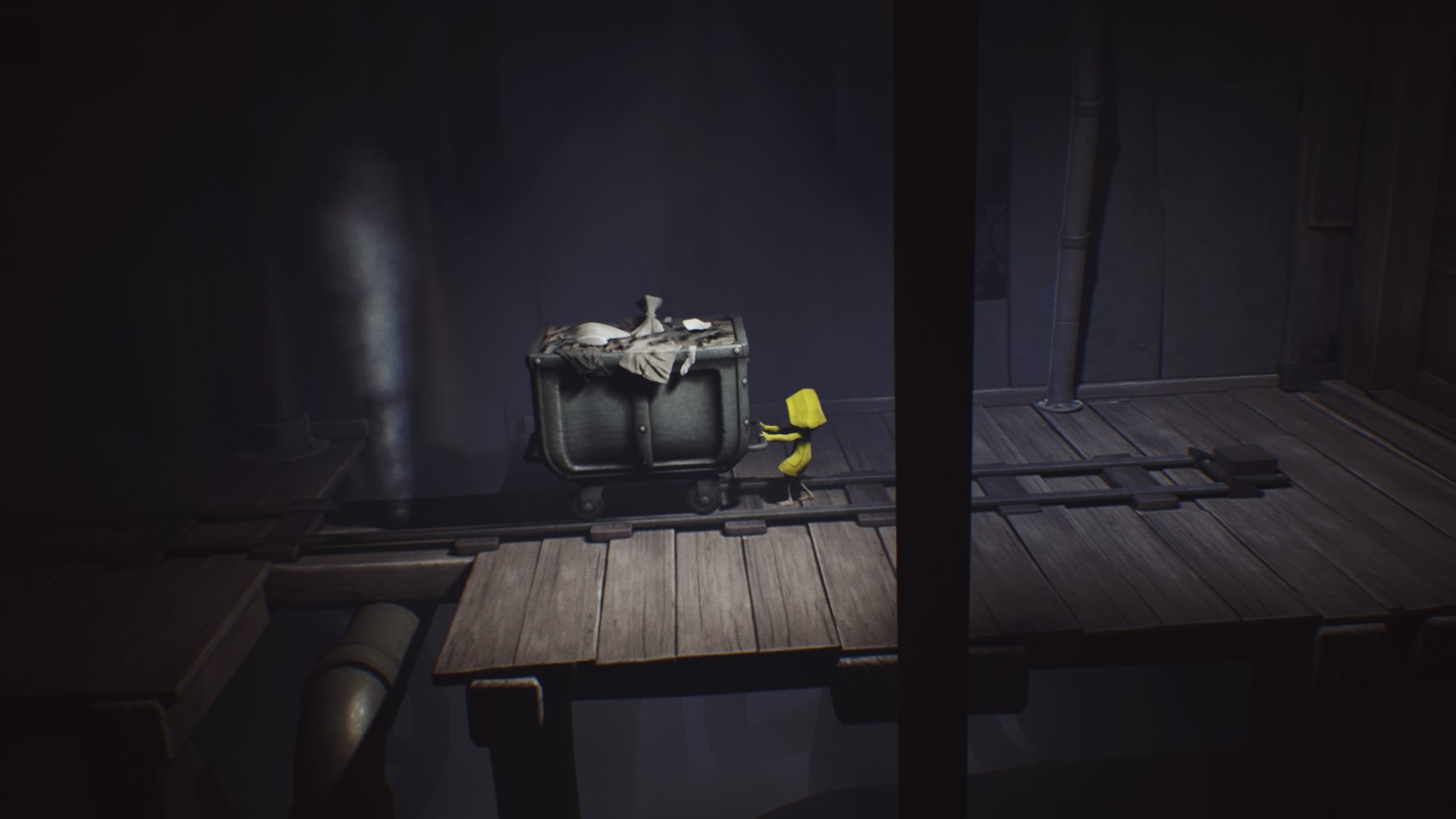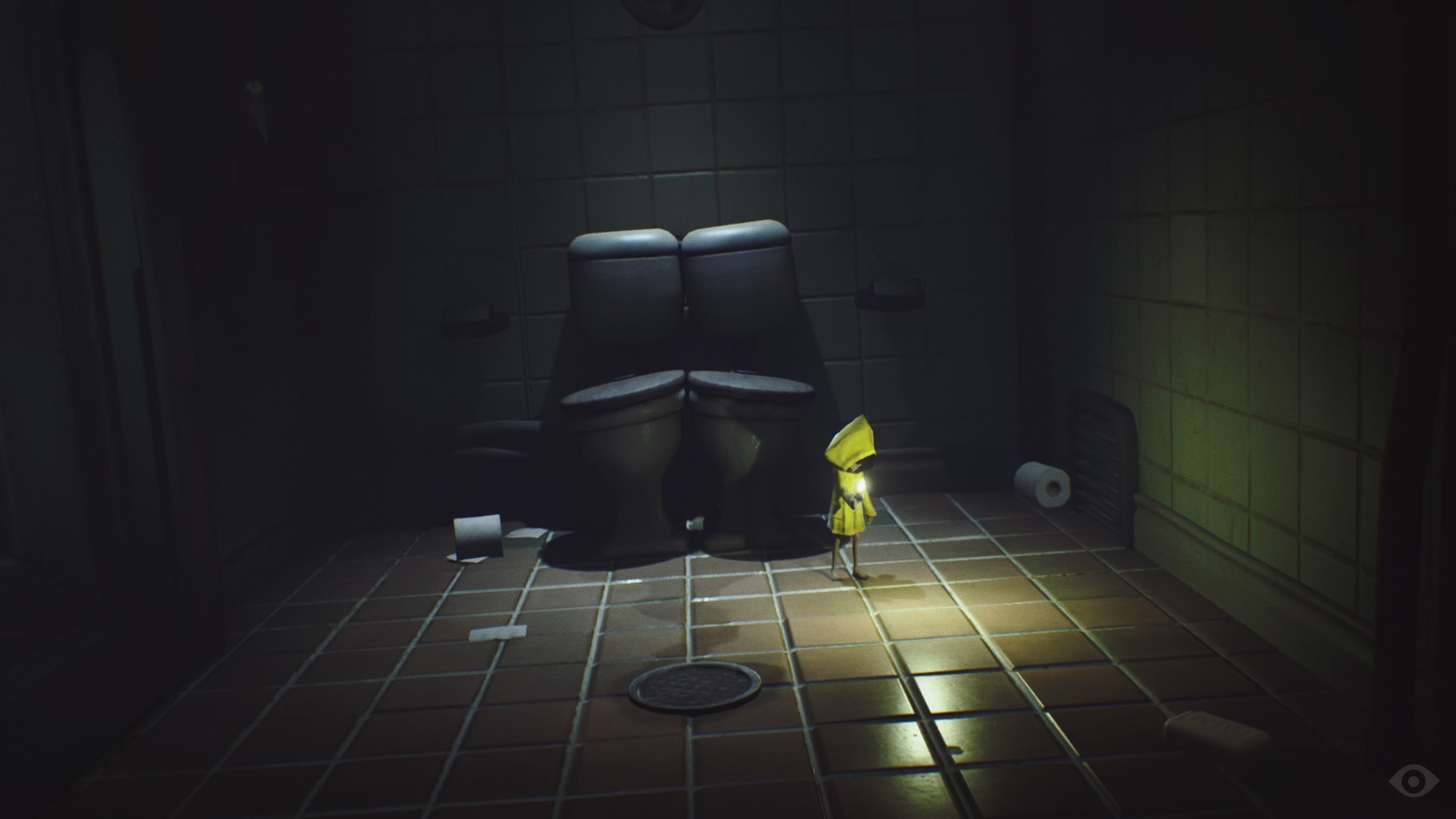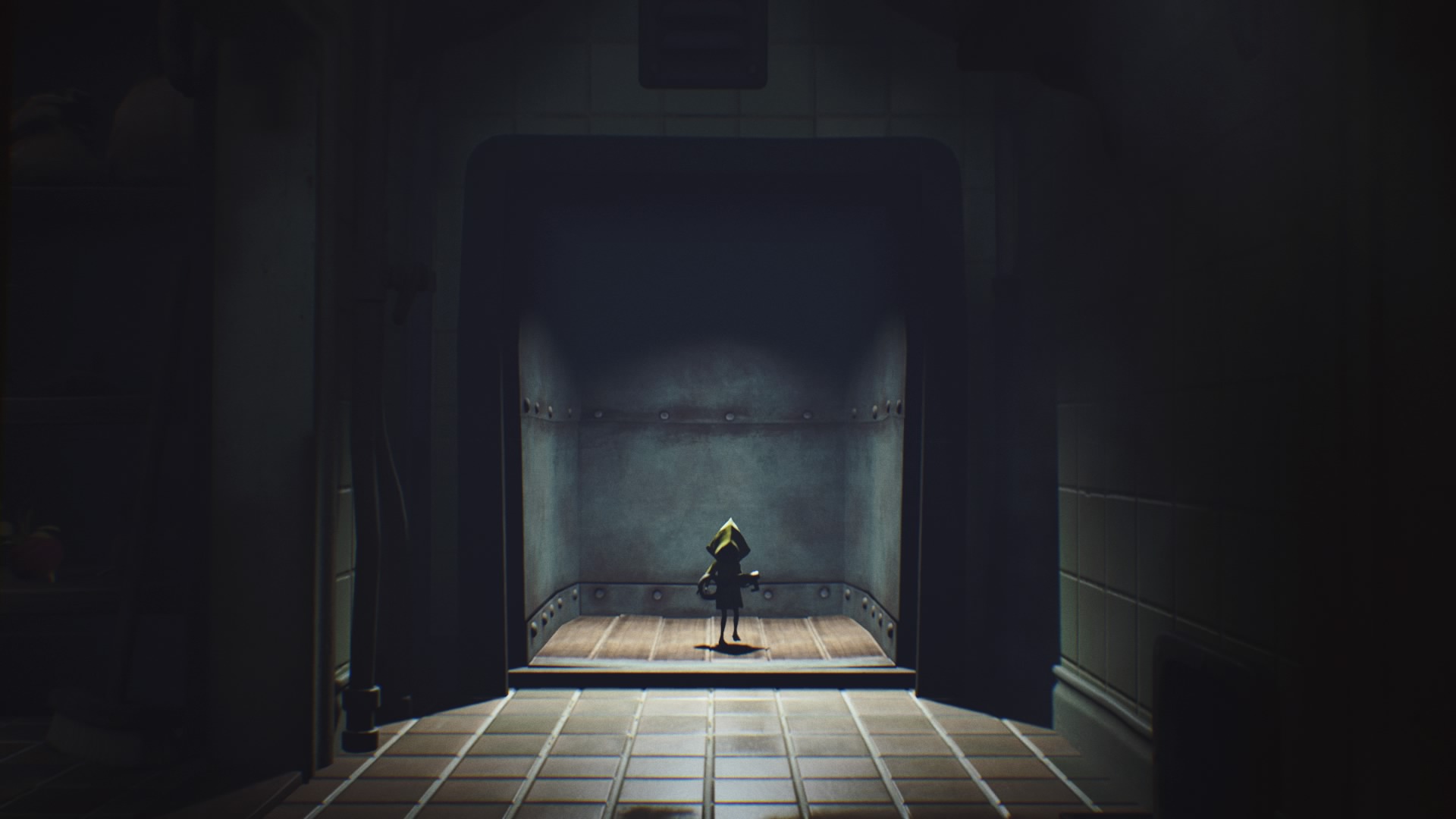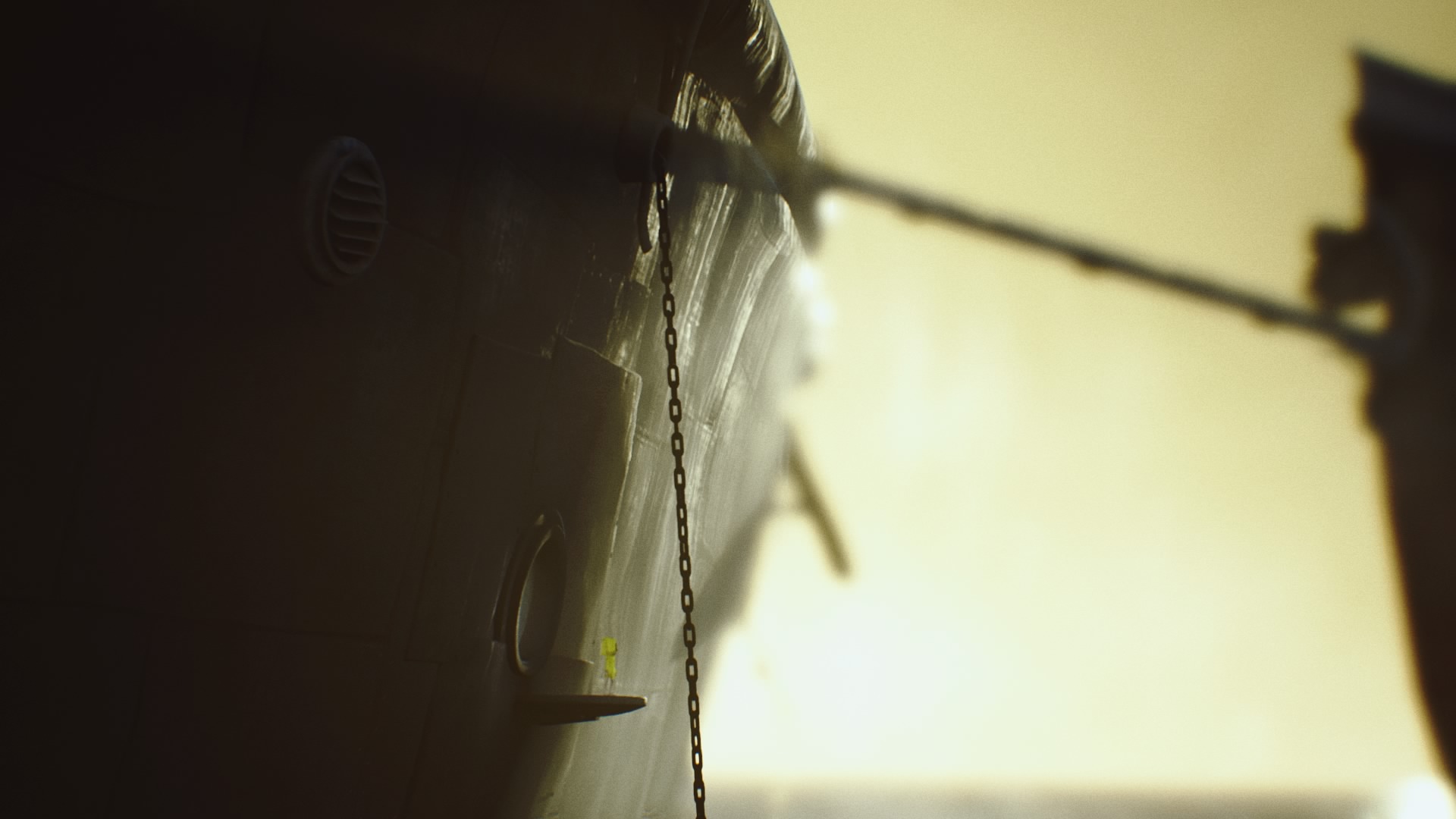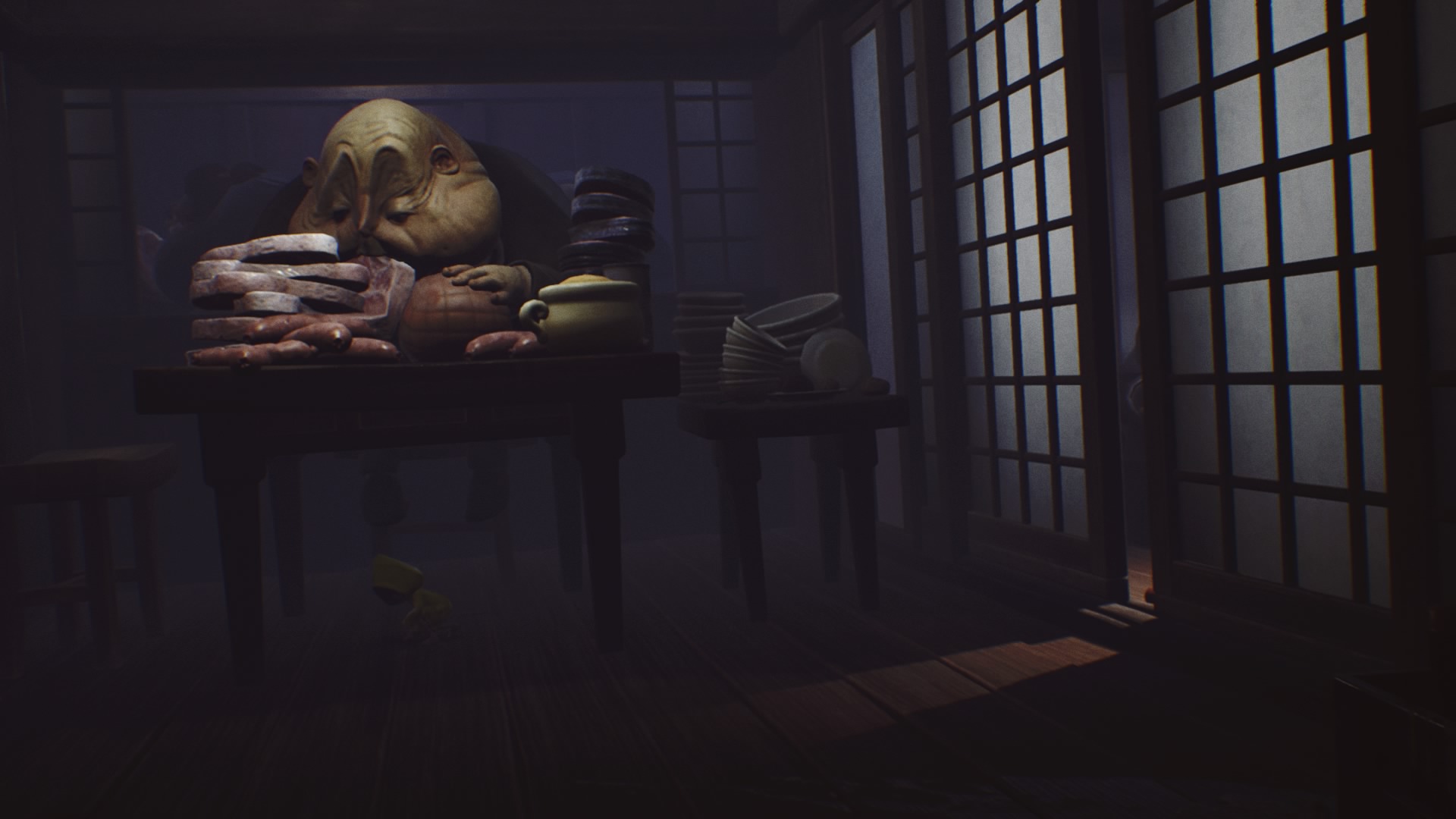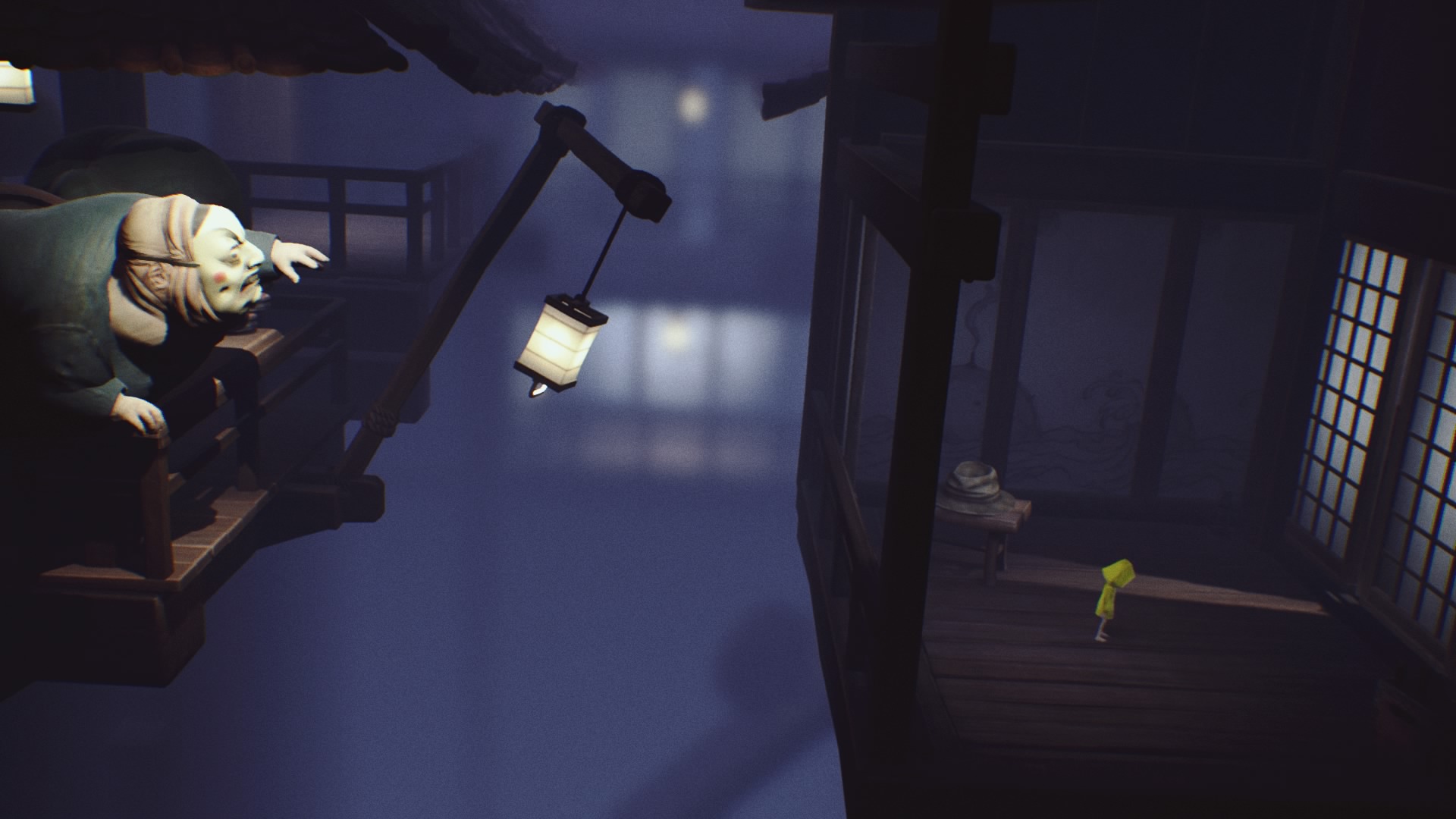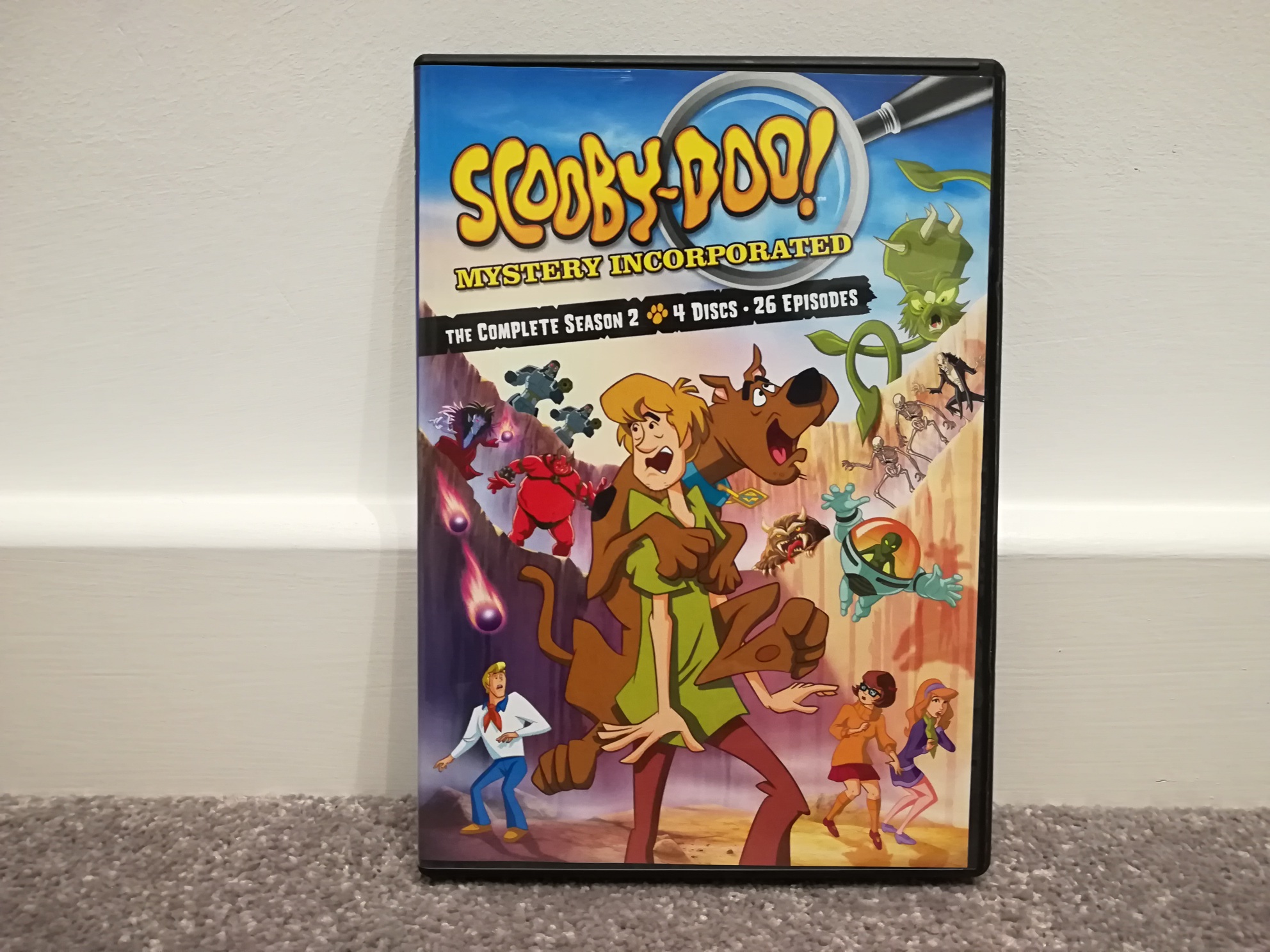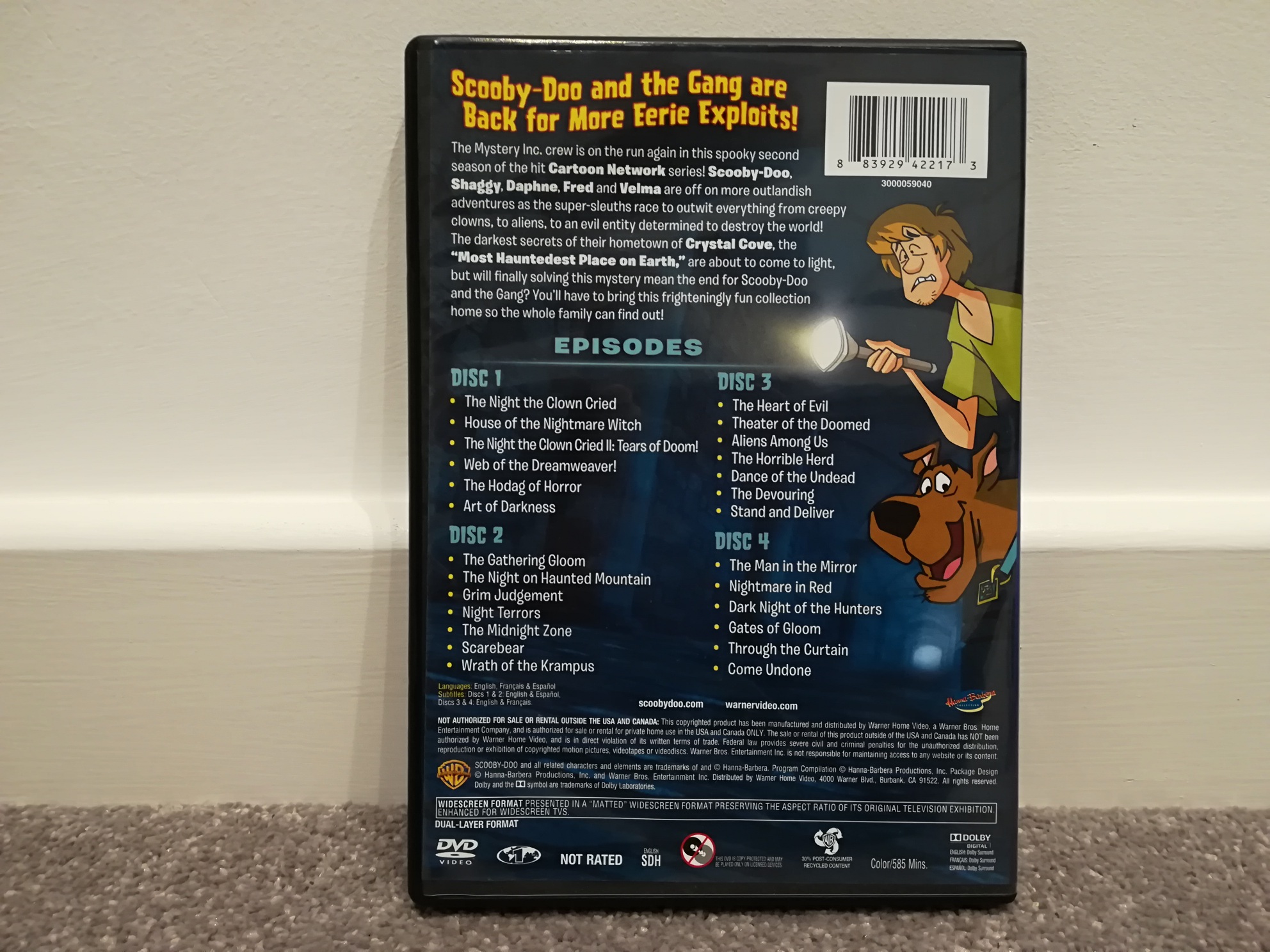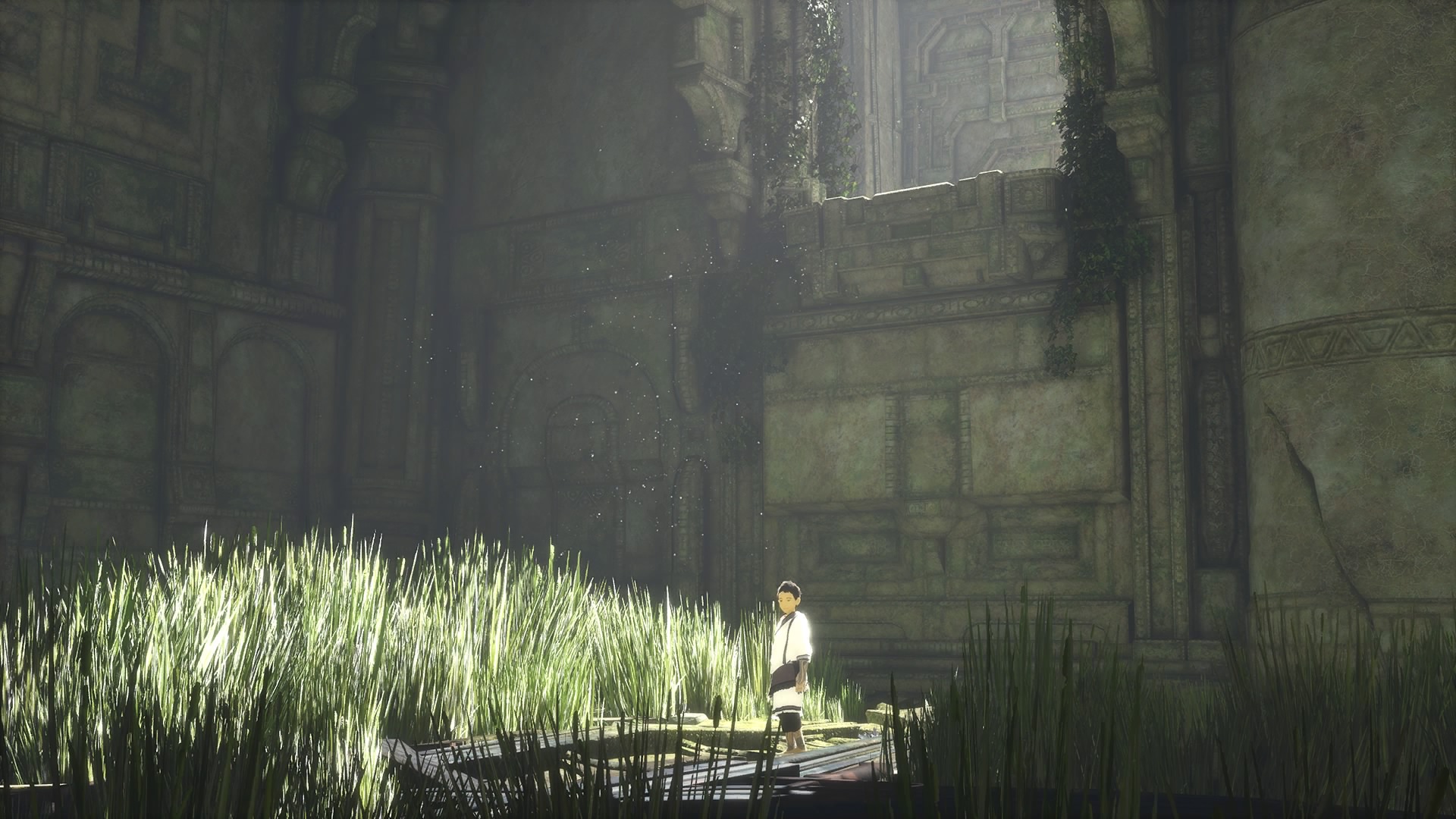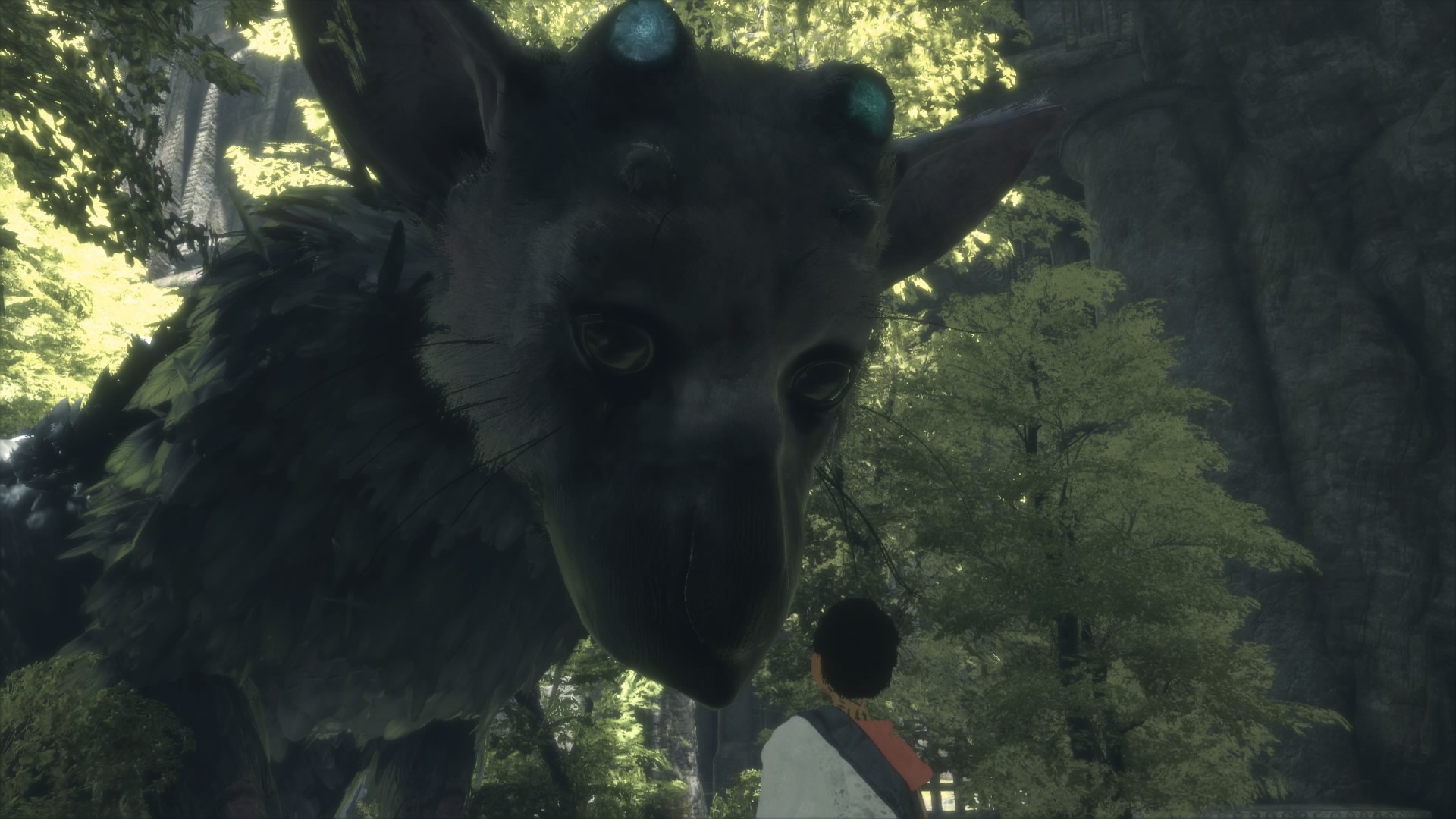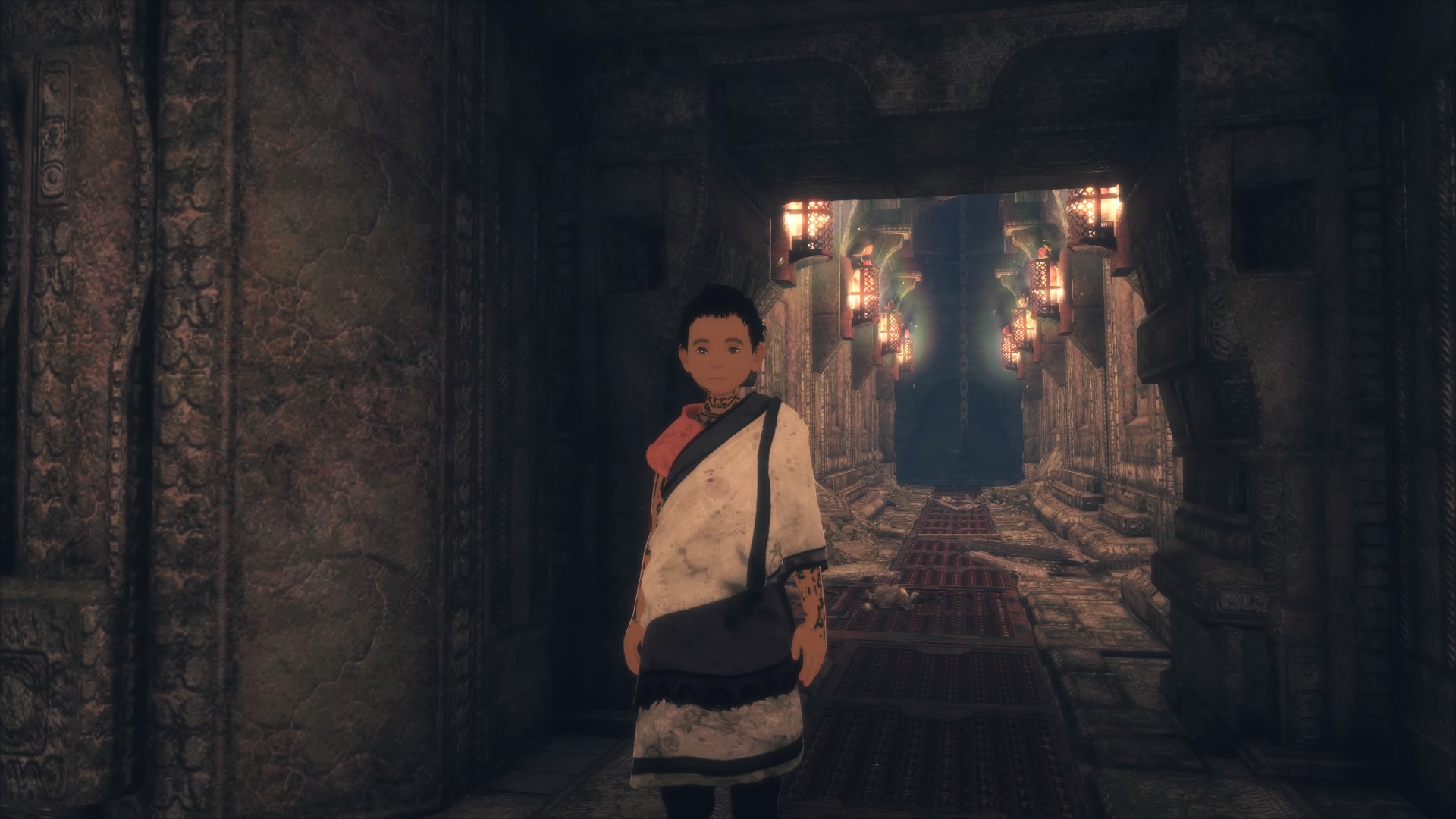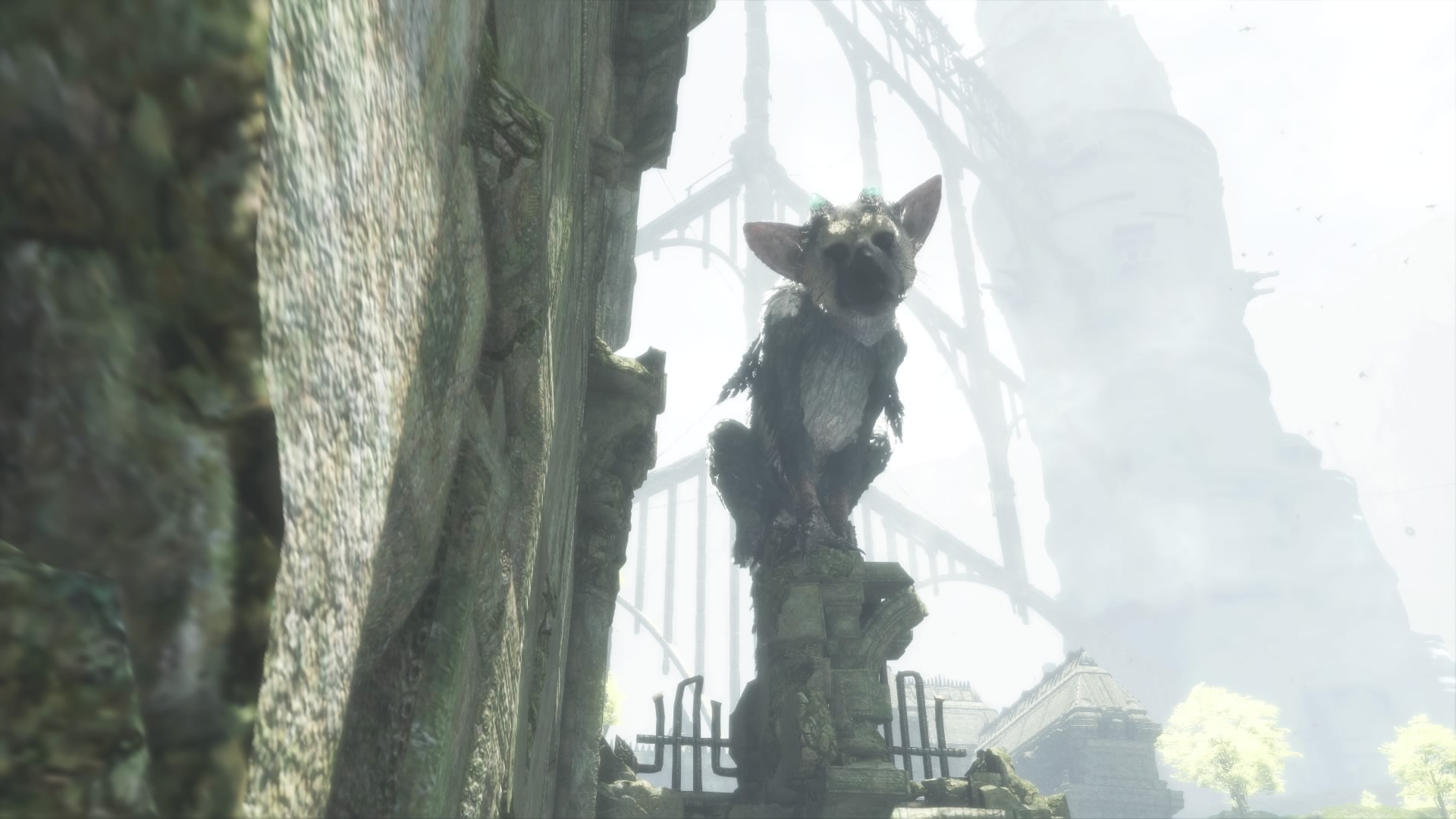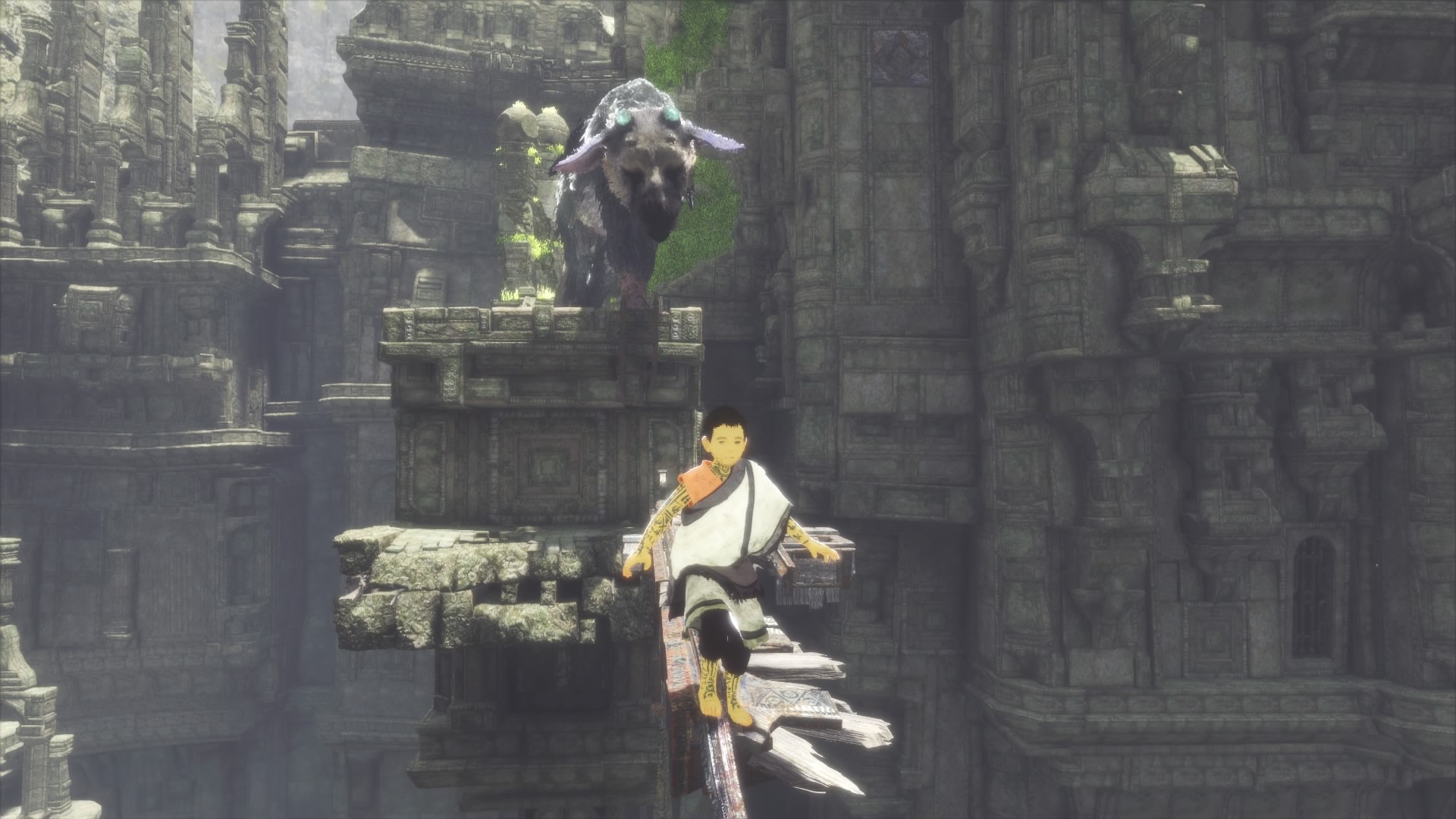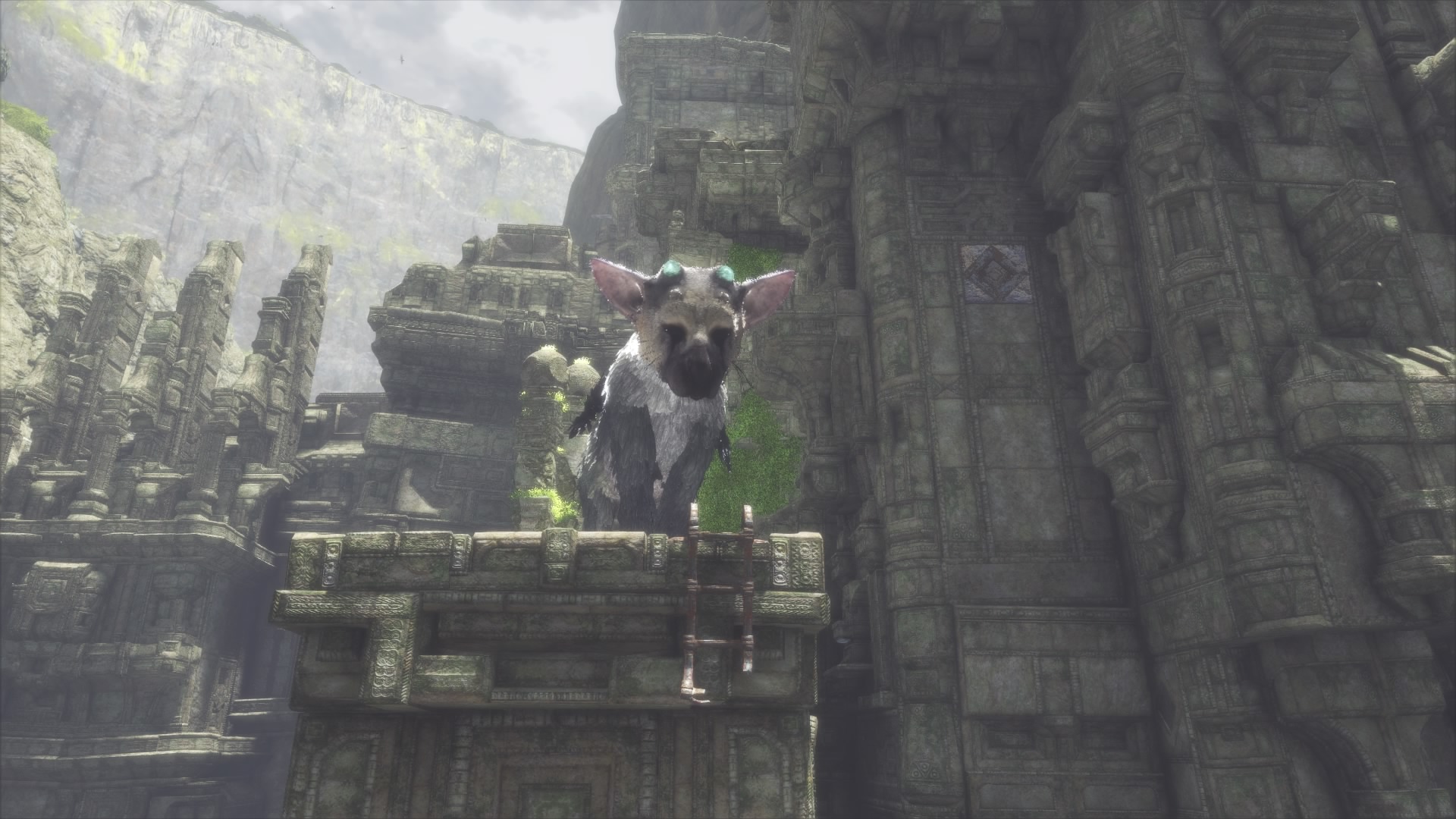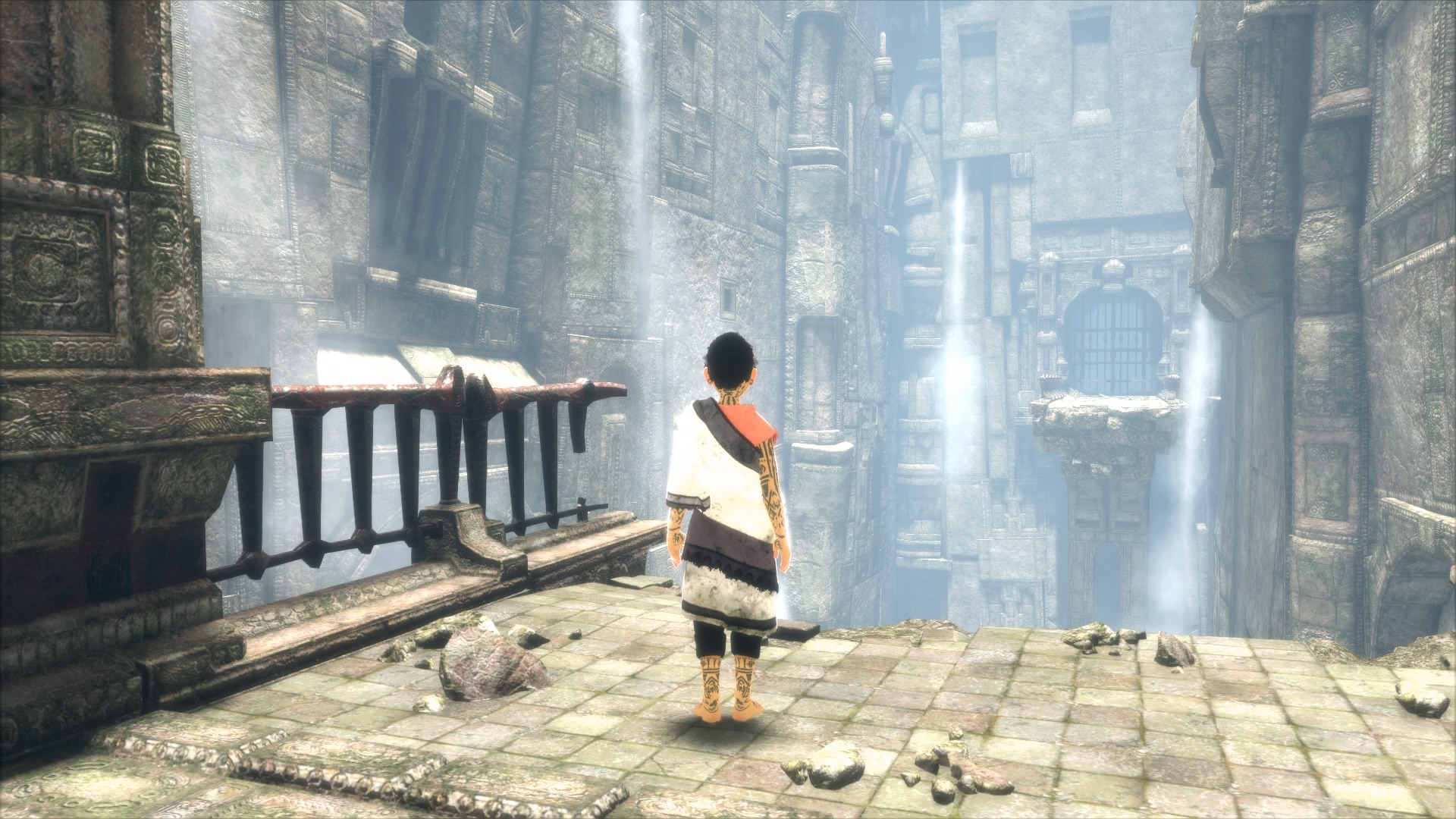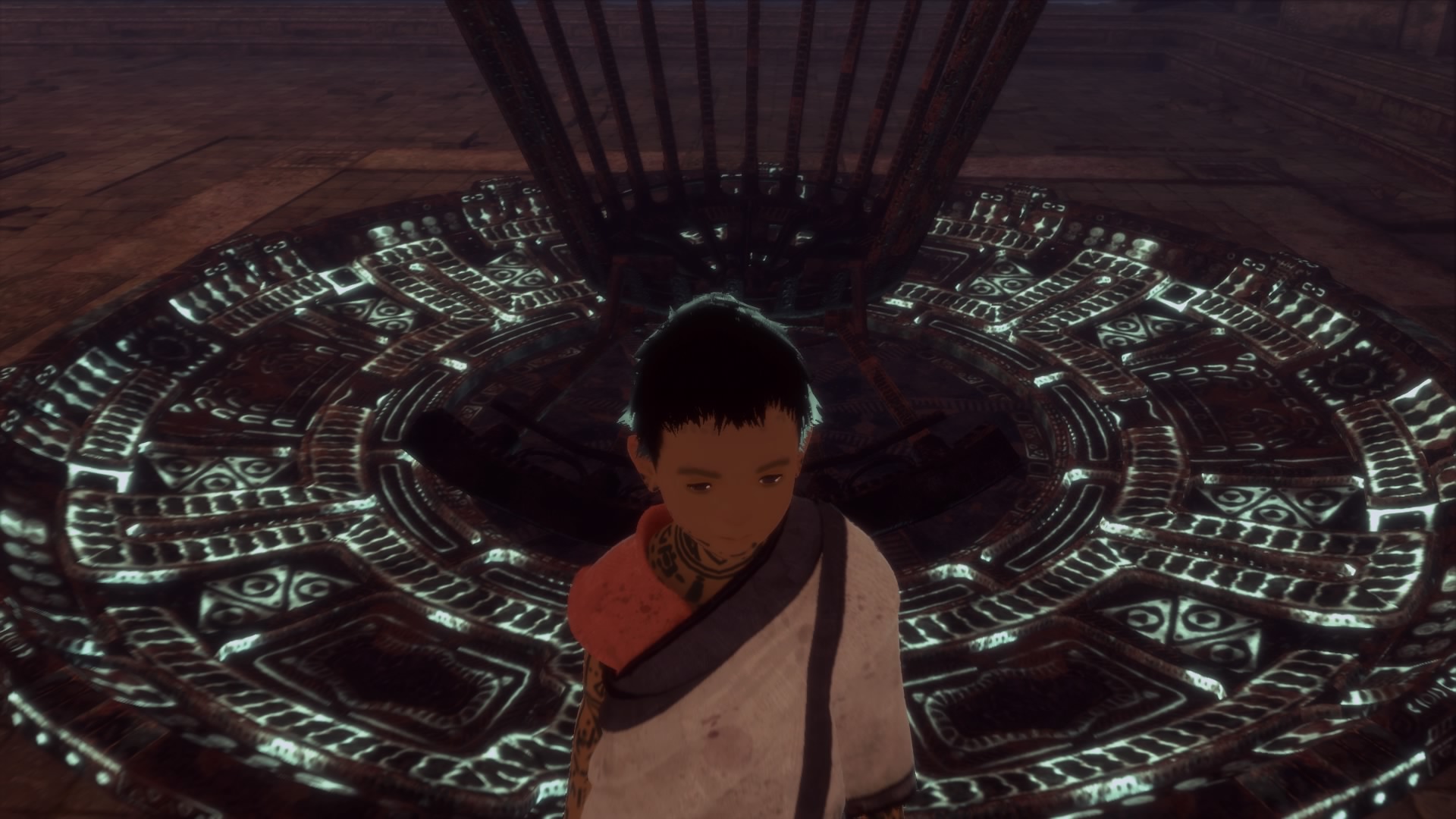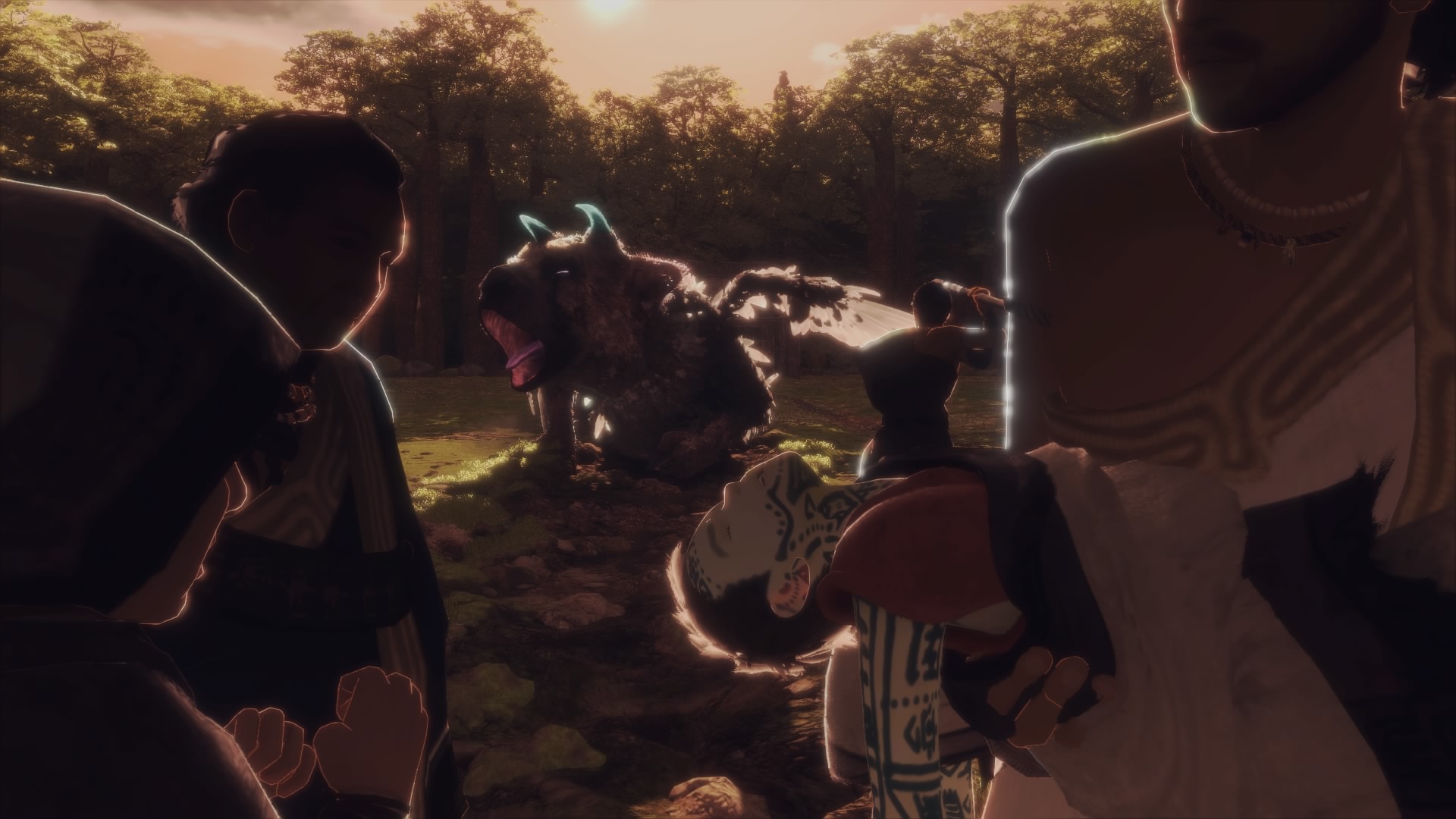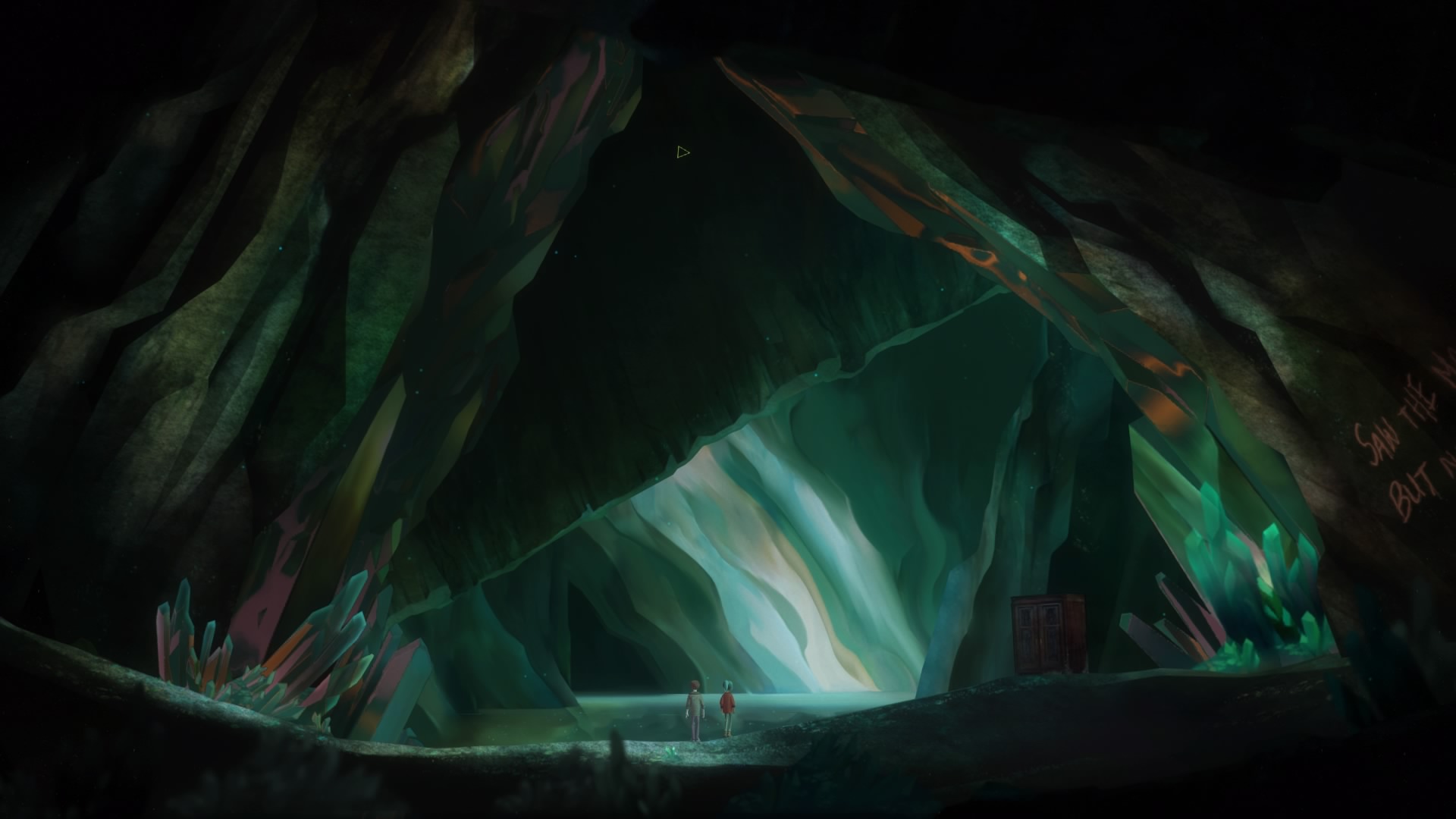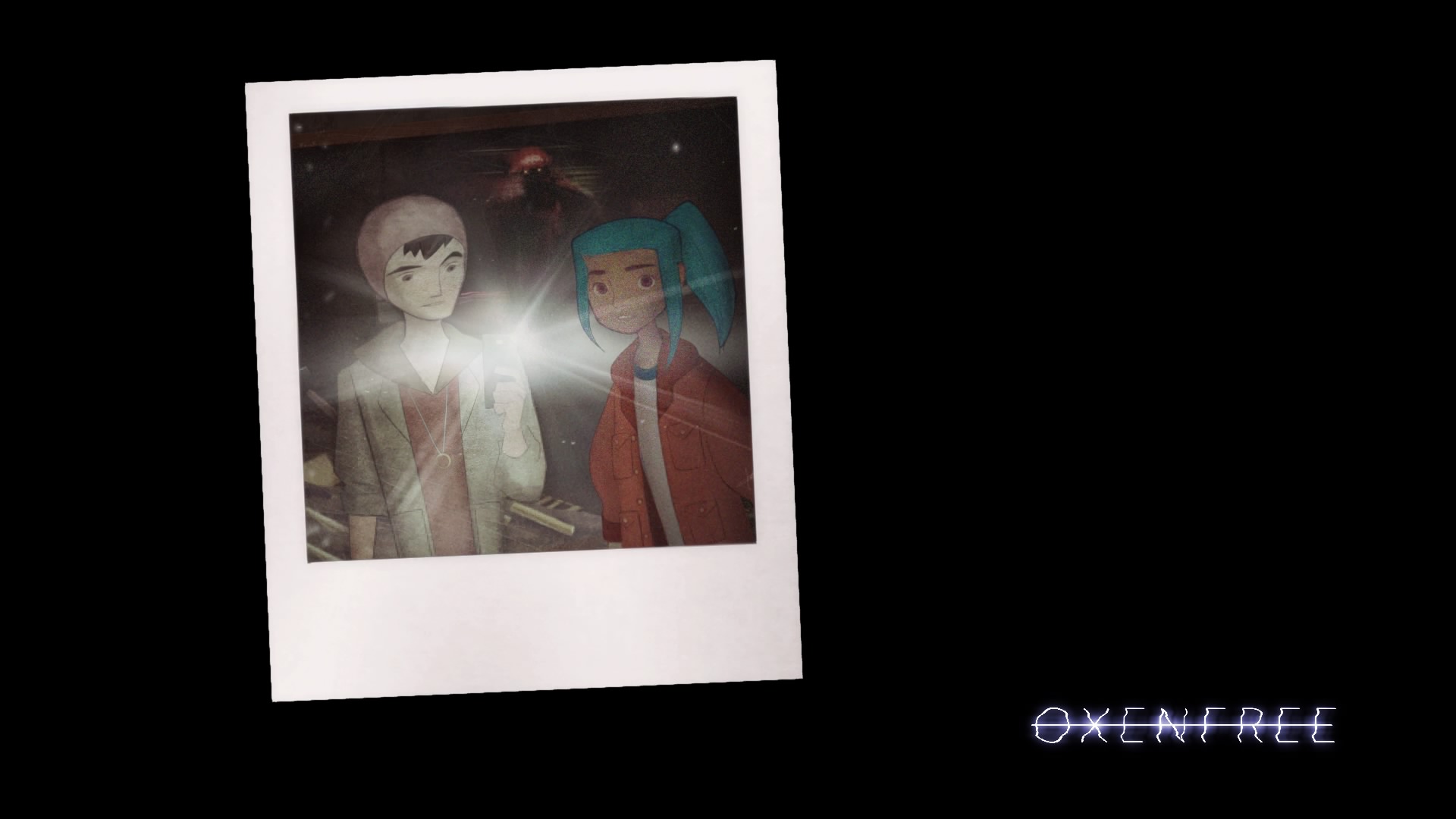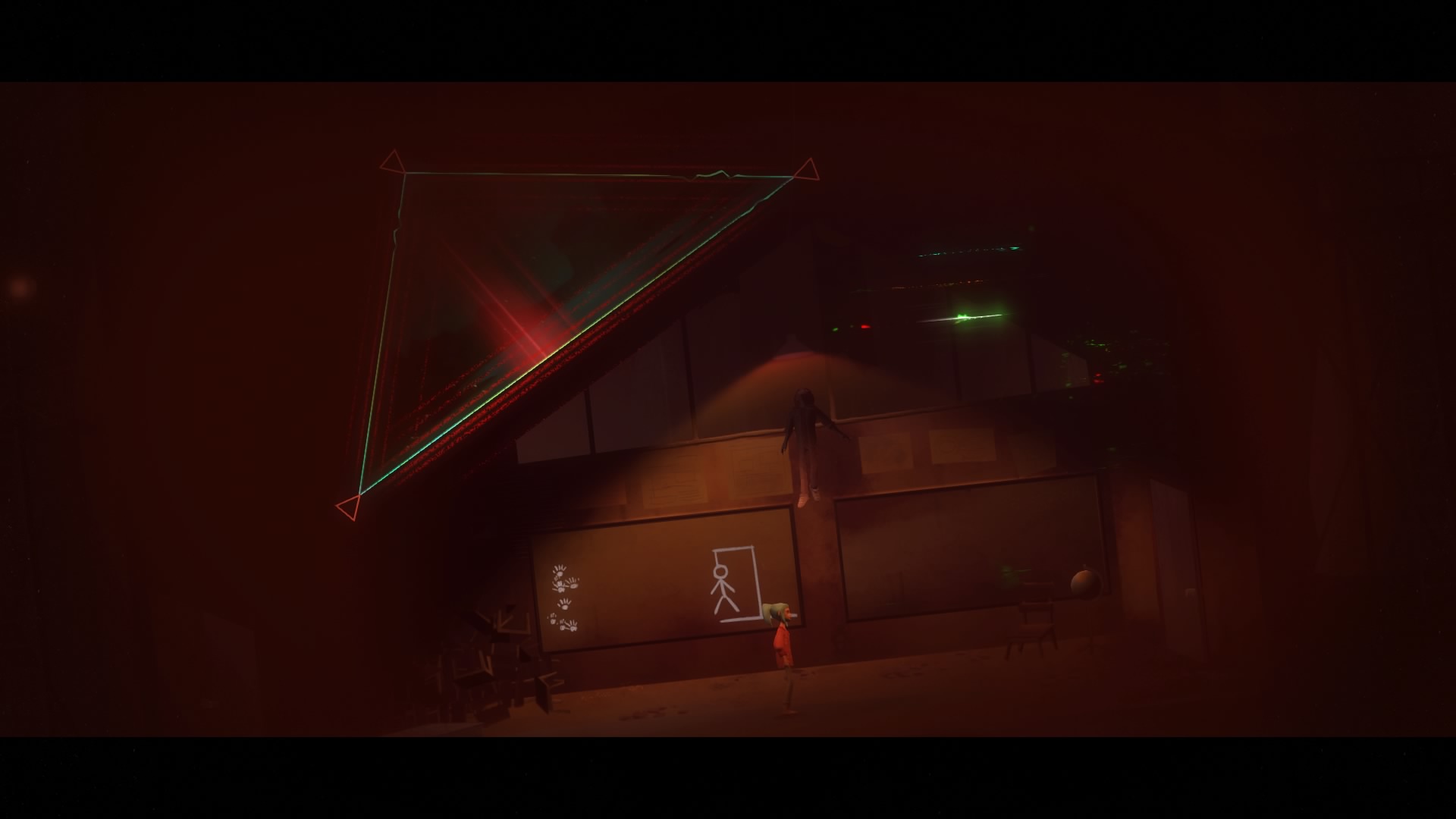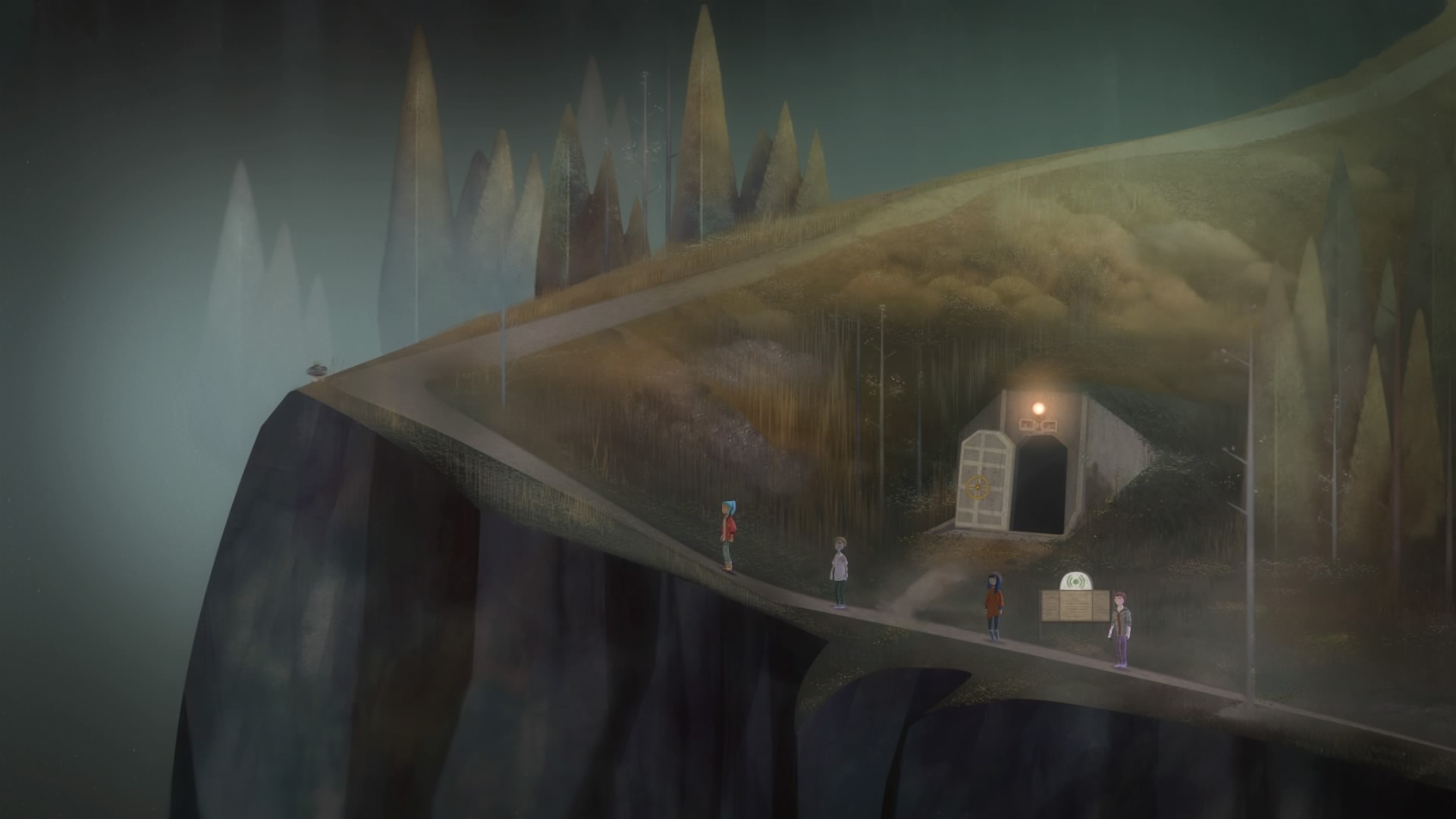The early to mid 90's were a great time for gaming but it was still seen as a childish past time by many. When the Playstation released it tapped into to the burgeoning dance market where House and Trance tracks were popular and consistently hitting the charts. It seemed like a perfect mix; edgy games and oh-so-zeitgeisty music. However before Sony's miracle machine we 16-bit gamers did have a saviour of coolness and that was the inimitable Yuzo Koshiro. The composer behind the first two Streets of Rage games was a pioneer when bringing the sounds of the clubs into games. The Streets of Rage soundtracks are amongst the most highly regarded of the 16-bit era and rightly so. Whilst The Orb, The Prodigy and Orbital were getting into the charts, Koshiro was applying the music styling of the genre into his soundtracks.
Streets of Rage 2 was a high watermark on the Megadrive/ Genesis for both gameplay and music, so it was with bated breath that people waited to see what Sega would produce with the highly anticipated Streets of Rage 3 which would be released on a 24 meg cartridge!
The Streets of Rage Vinyl Soundtracks are things of beauty!
Upon release the Streets of Rage 3 game was made harder for the Western market, frustrating many with its butchered state and missing elements. The soundtrack was the same but tonally very different from what had come before and as a result quite divisive. The soundtrack was once more created by Koshiro but this time he was joined by Motohiro Kawashima, who had also worked on Streets of Rage 2 alongside Koshiro. The soundtrack was influenced more by the hardcore and minimal techno scene and so wasn't instantly as catchy as the original two soundtracks. The techno scene hadn't reached mainstream in the Western markets and so the grindy, repetitive discordant sounds didn't appeal to many.
At the time it was politely forgotten by the masses but as time has passed many have cited it as formative and an important video game soundtrack. So is the Streets of Rage 3 soundtrack worth your money and time?
Well, first of all, being a DataDisc product the vinyl is impeccably produced and the sound quality is second to none. The double disc set contains the remastered version of the soundtrack that you remember from years ago. It has a lot to follow in the undeniably stunning SOR 2 soundtrack but in terms of production it succeeds. The soundtrack itself however is more difficult to judge. I have been a fan of old skool trance and dance since the early 90's but the discordant sounds and constant thumping, often without a discernible pattern, makes it a difficult soundtrack to listen to in its entirety. There are some standout tracks like Disco, Boss, Shinobi Reversed and stunning The Poets I but these are few and far between. The rest of the soundtrack is fine but nothing that you would want to go back to and revisit in your down time.
So is the soundtrack worth buying? For a completist a definite yes but for someone looking for a soundtrack to listen to and love? No. I'd go for Streets of Rage 2 or 1 as these are more instantly likeable and listenable. However, this being a Koshiro joint, you can't go too far wrong... even when he experiments and goes a little too left-field.










